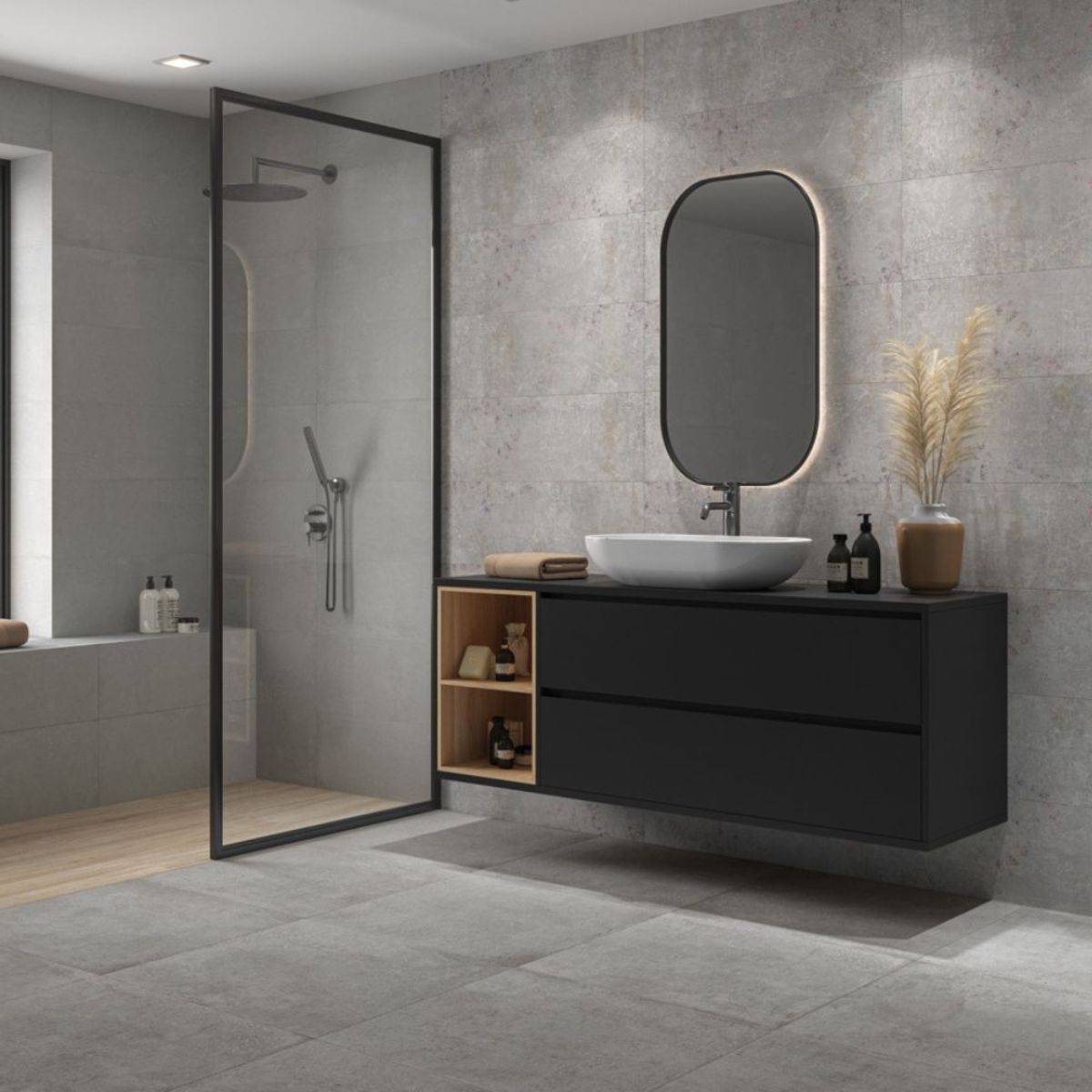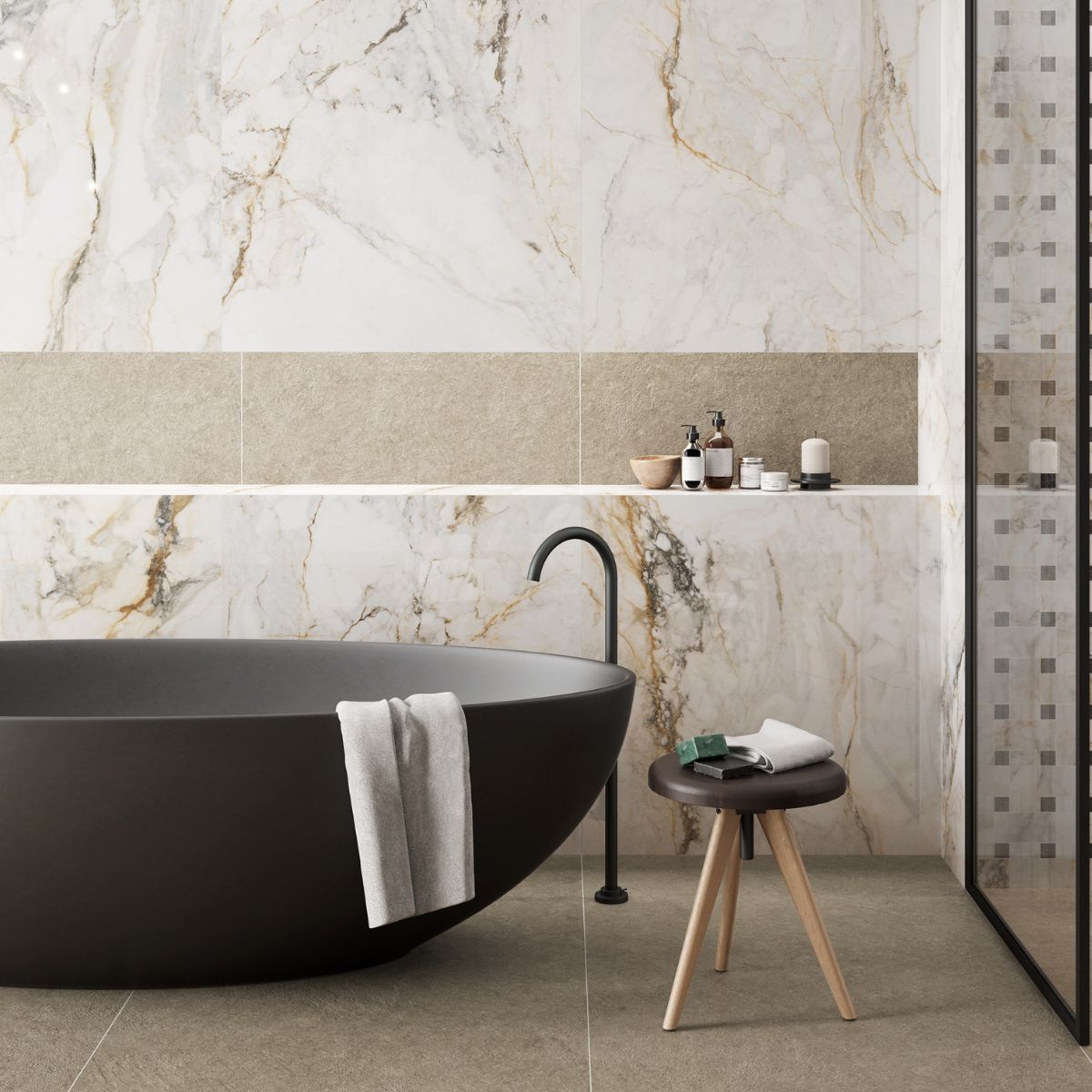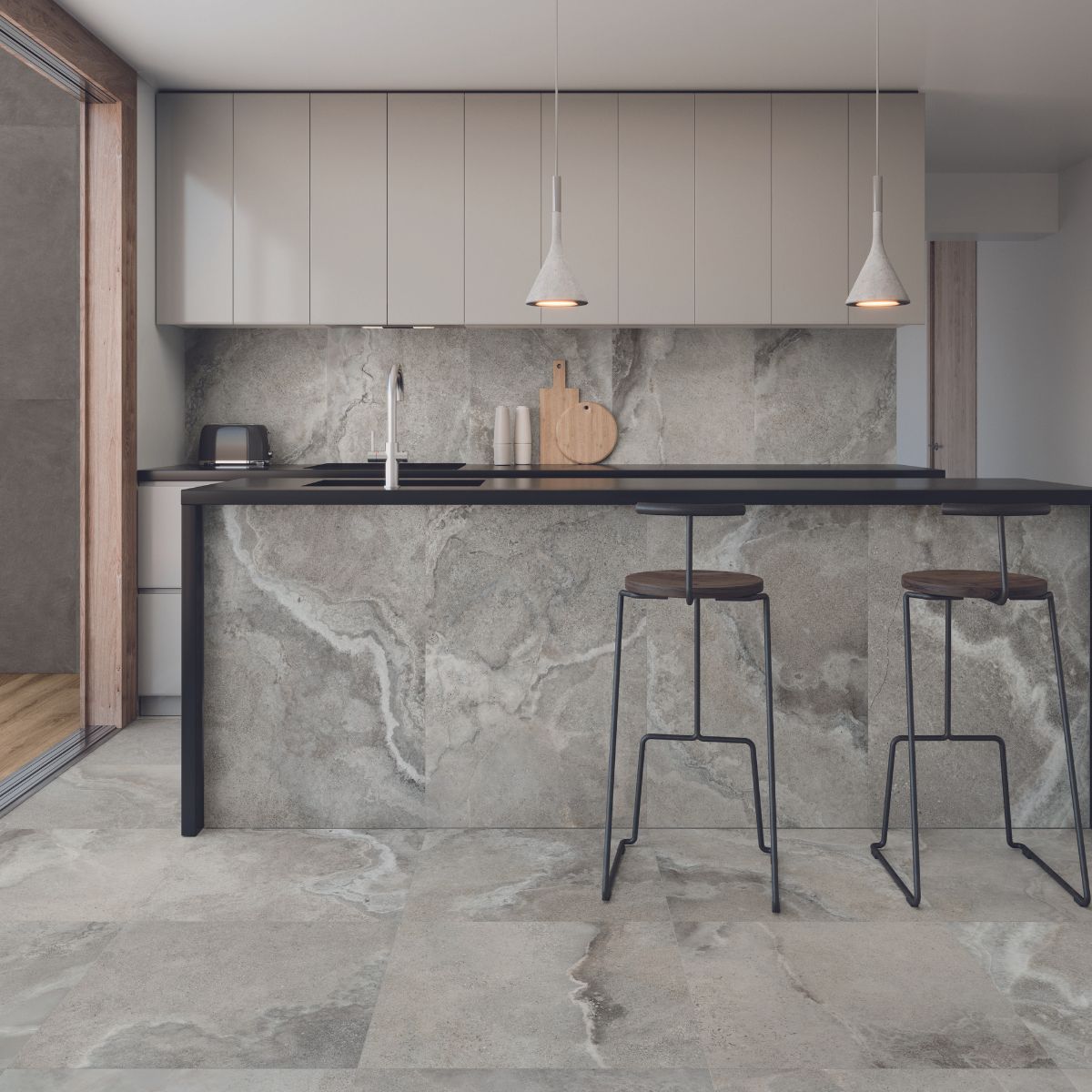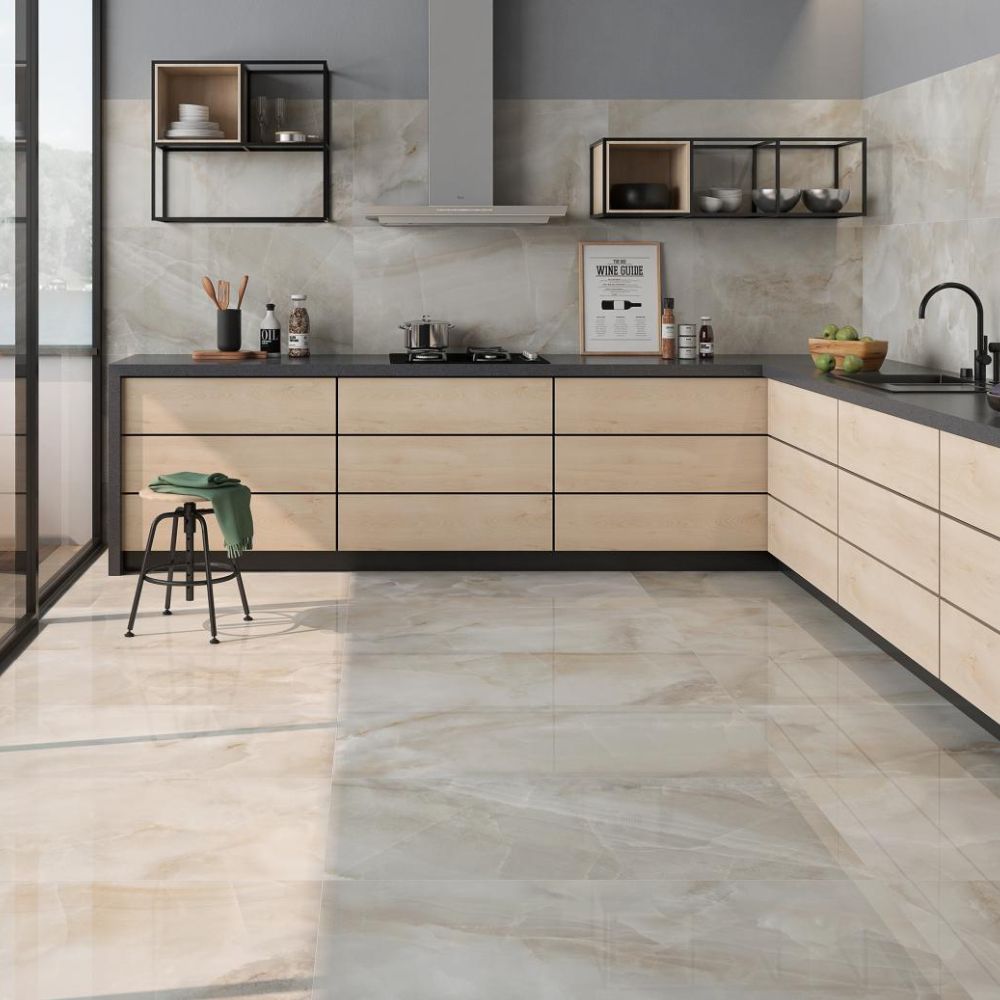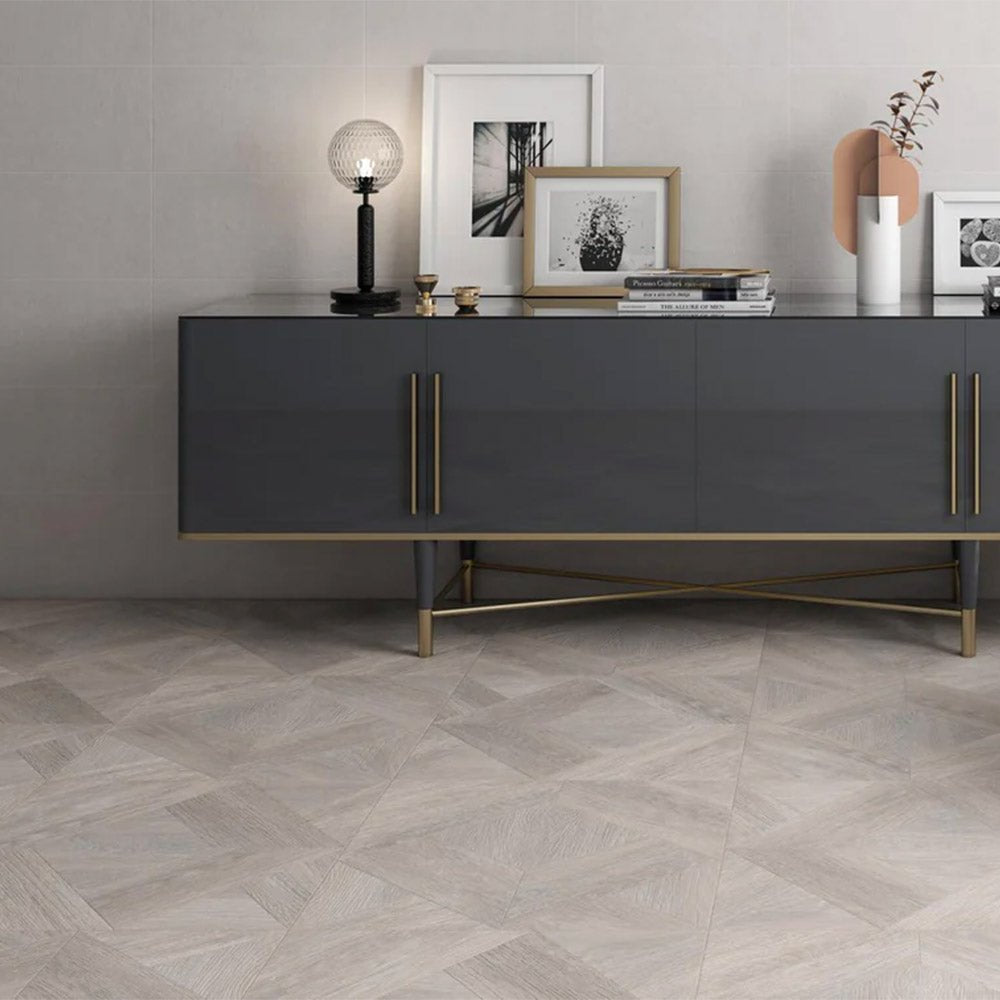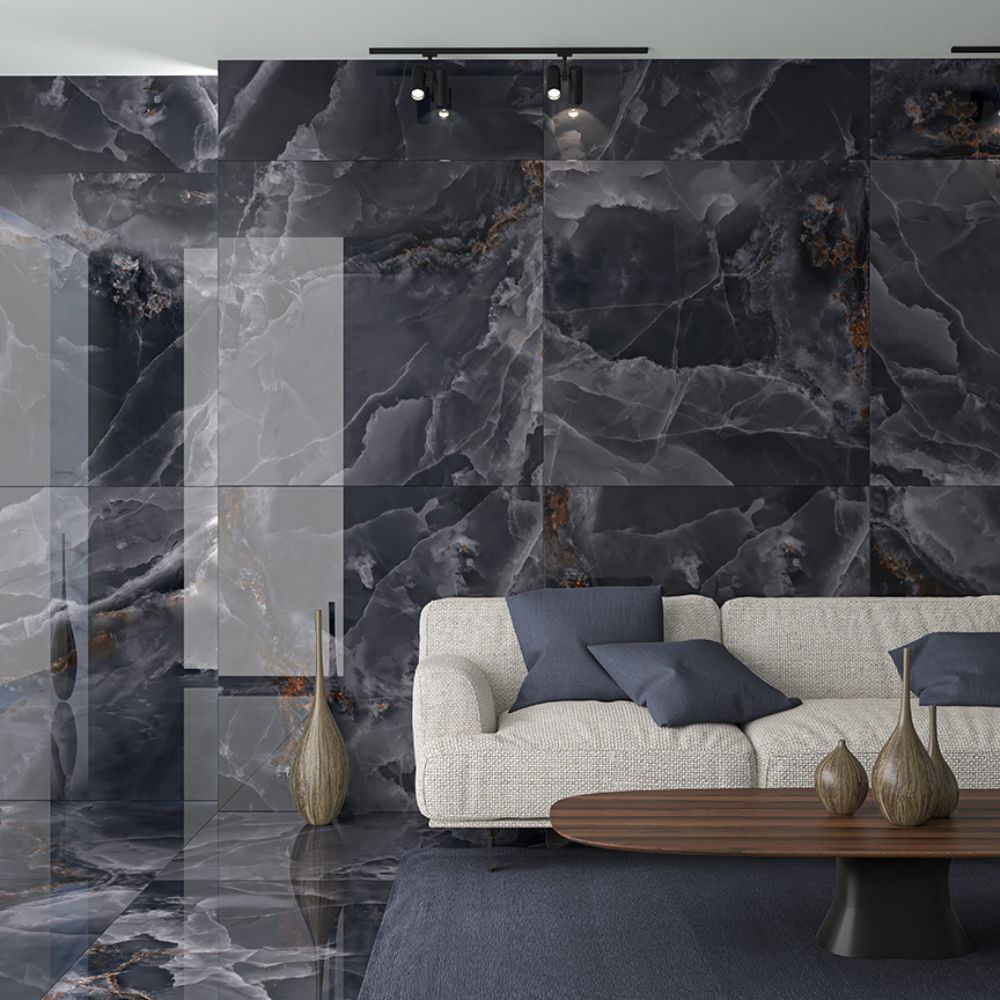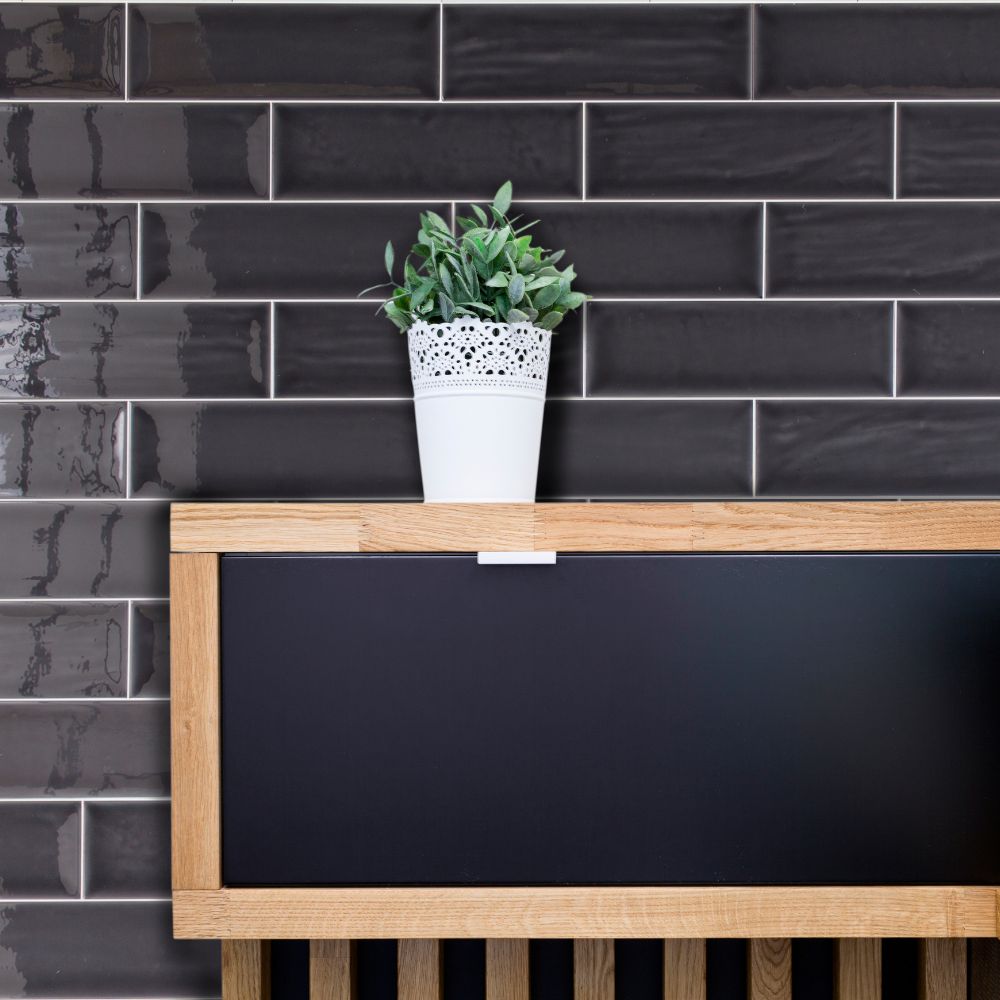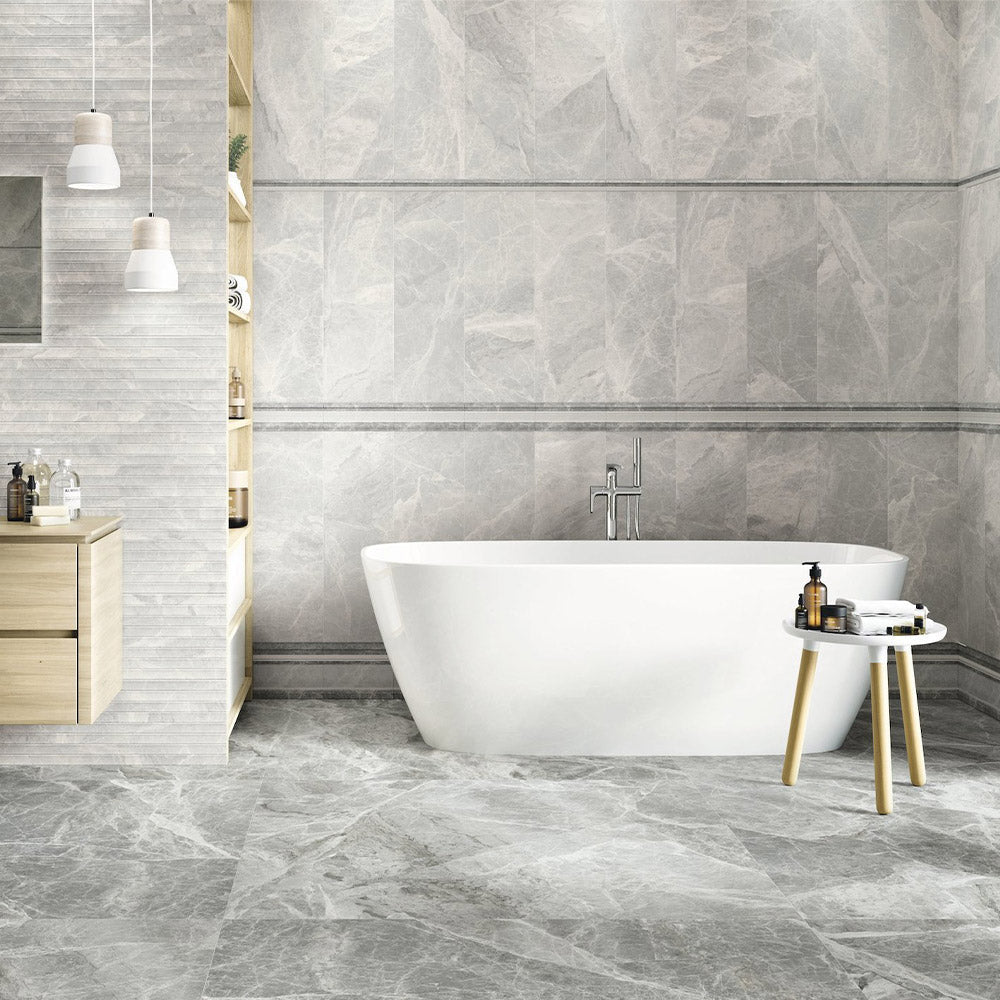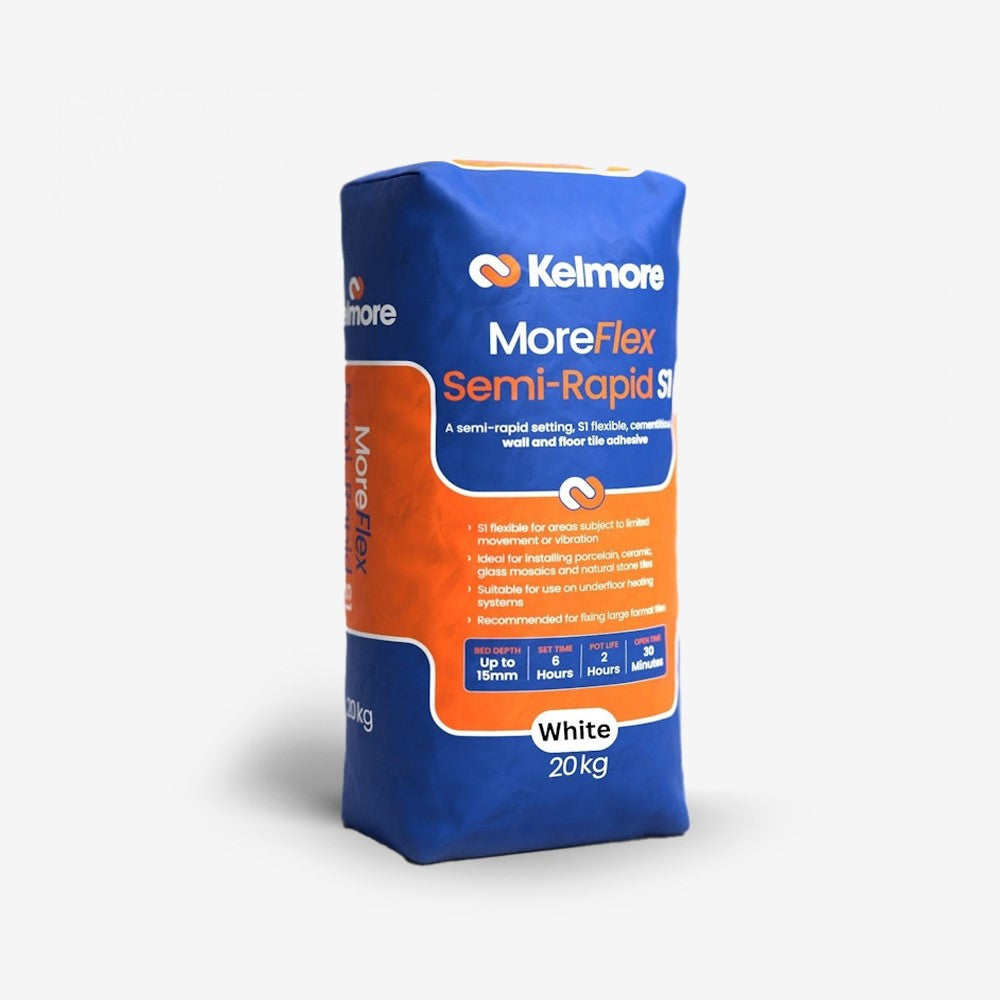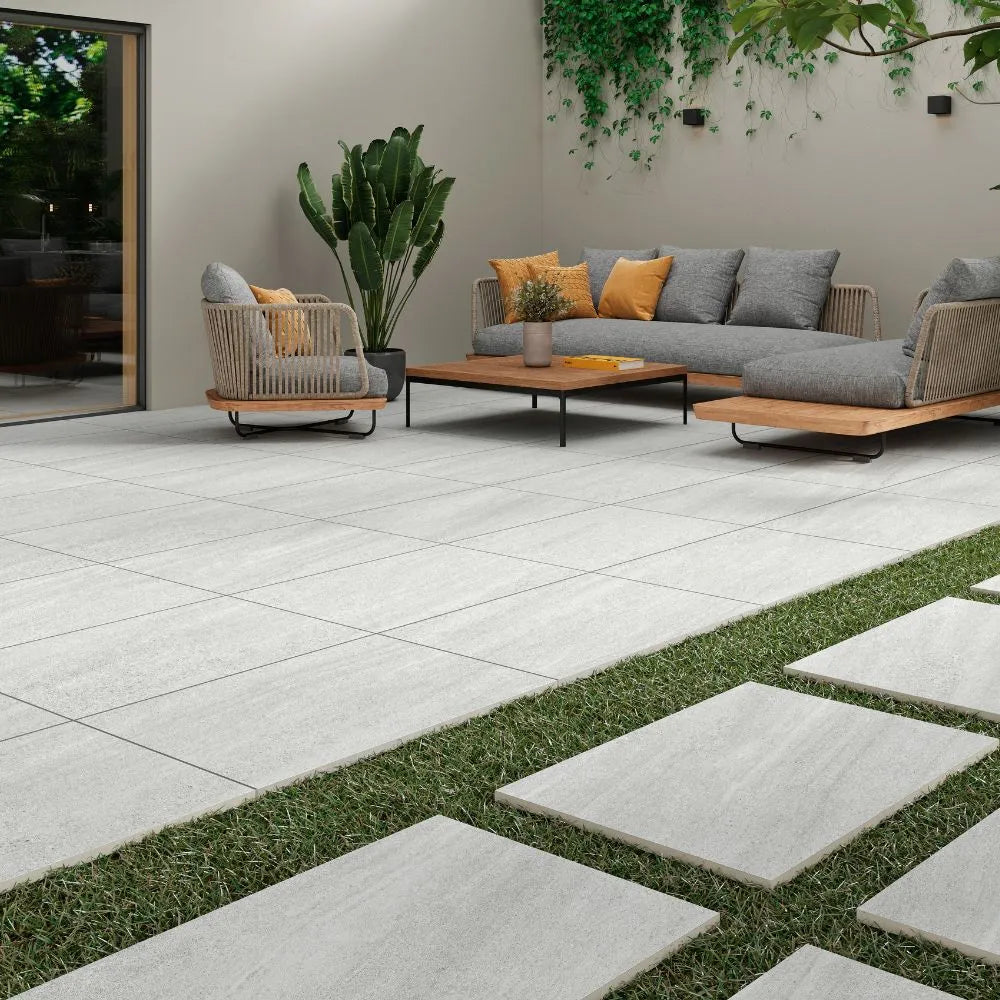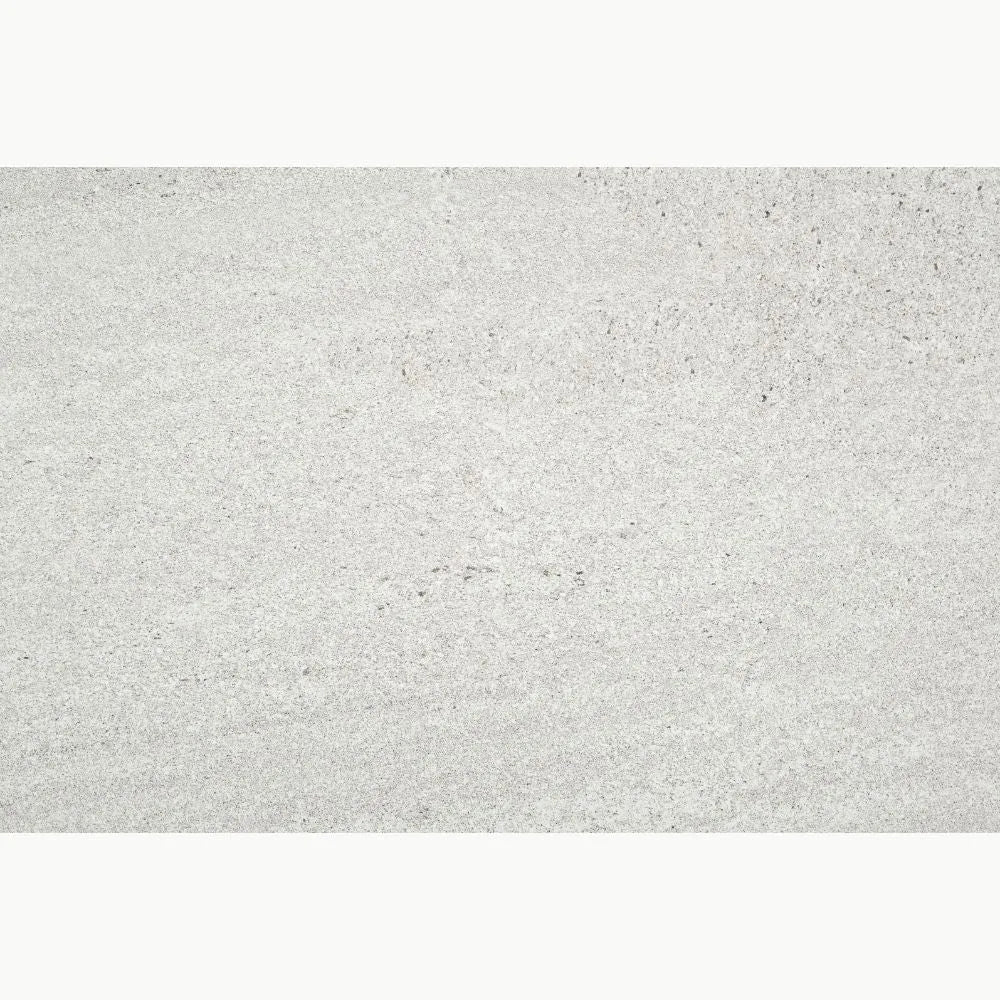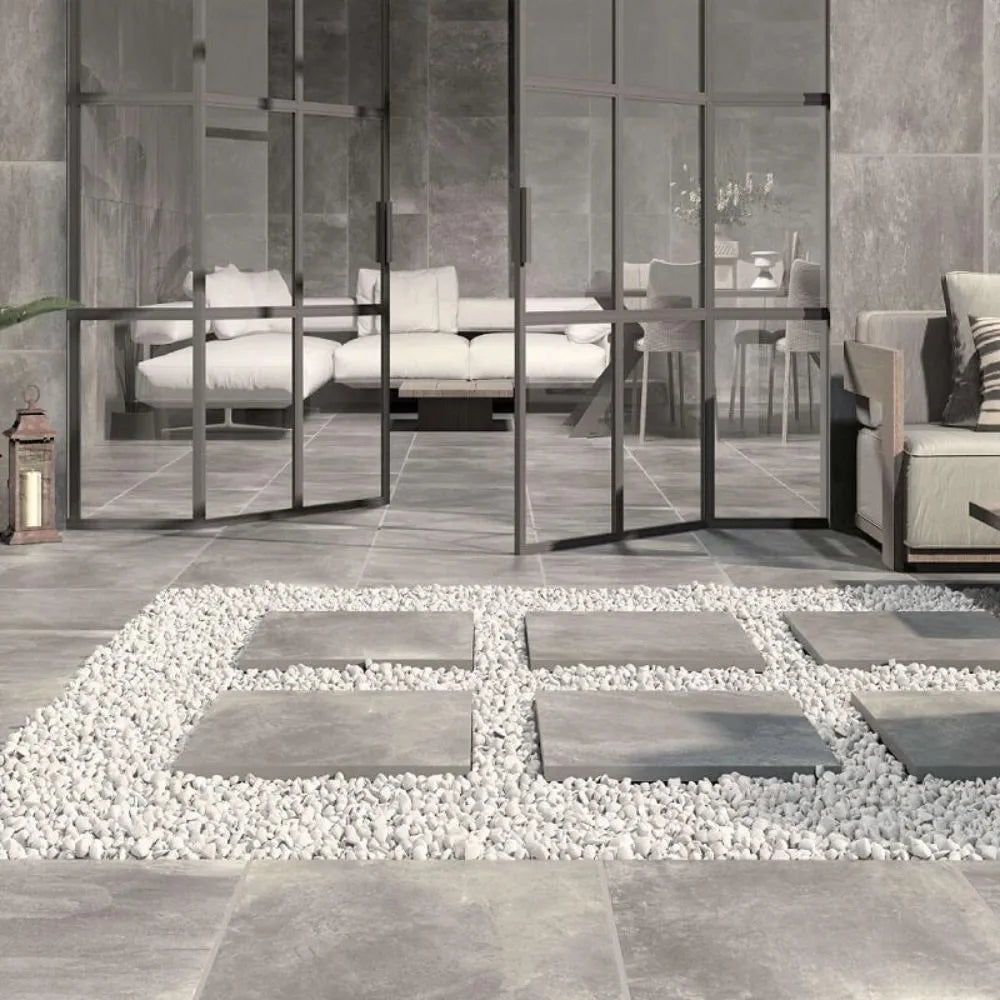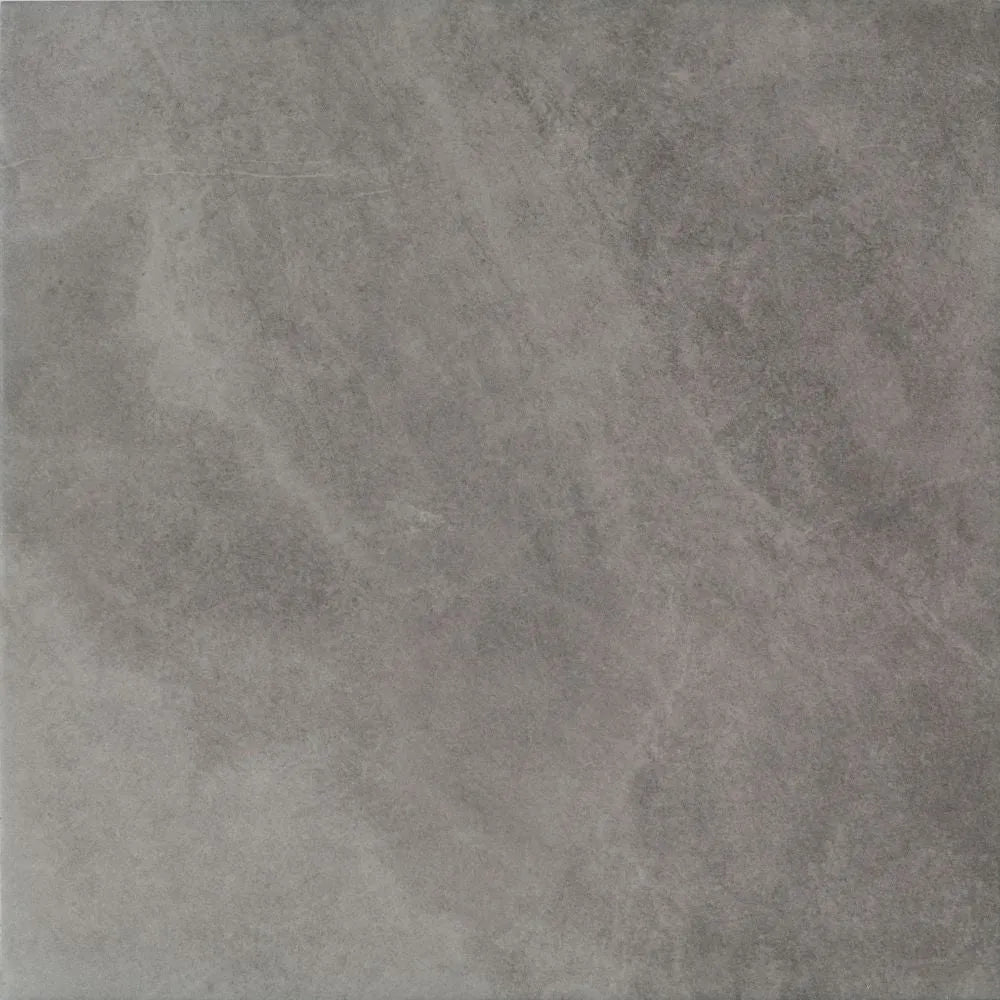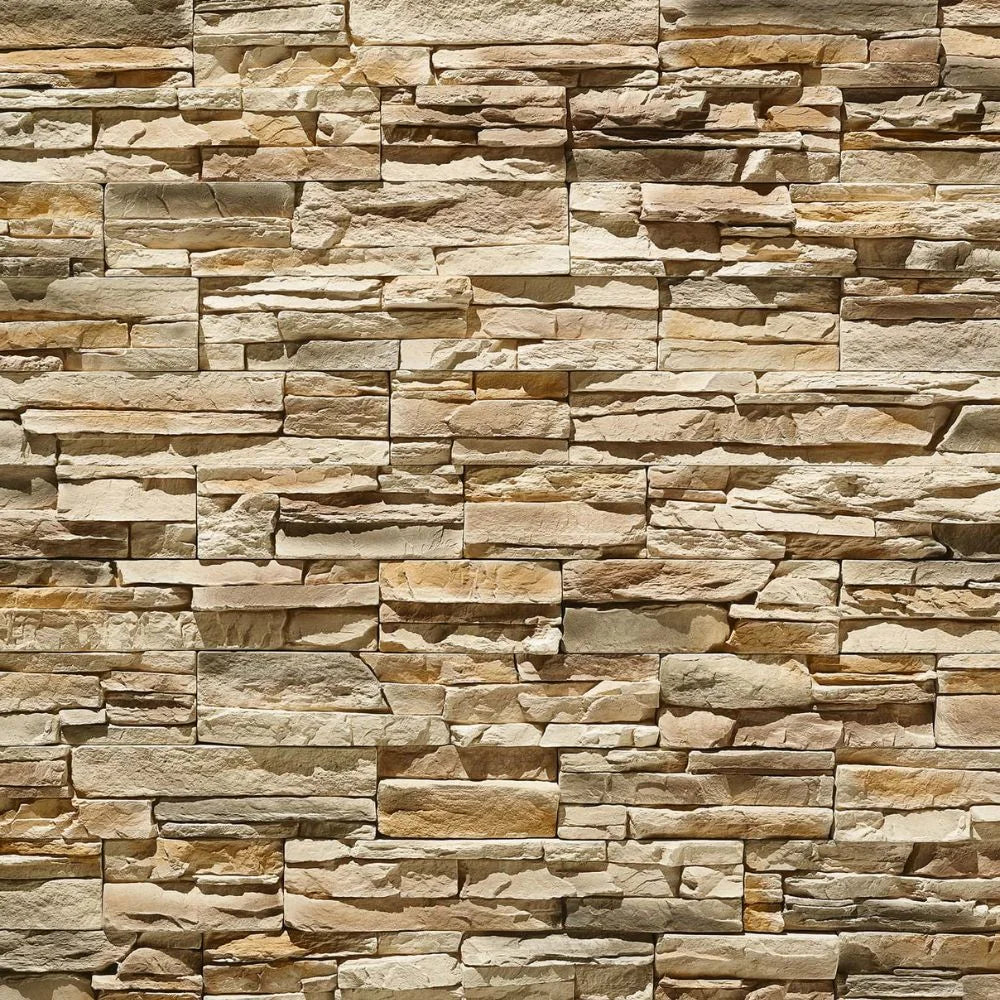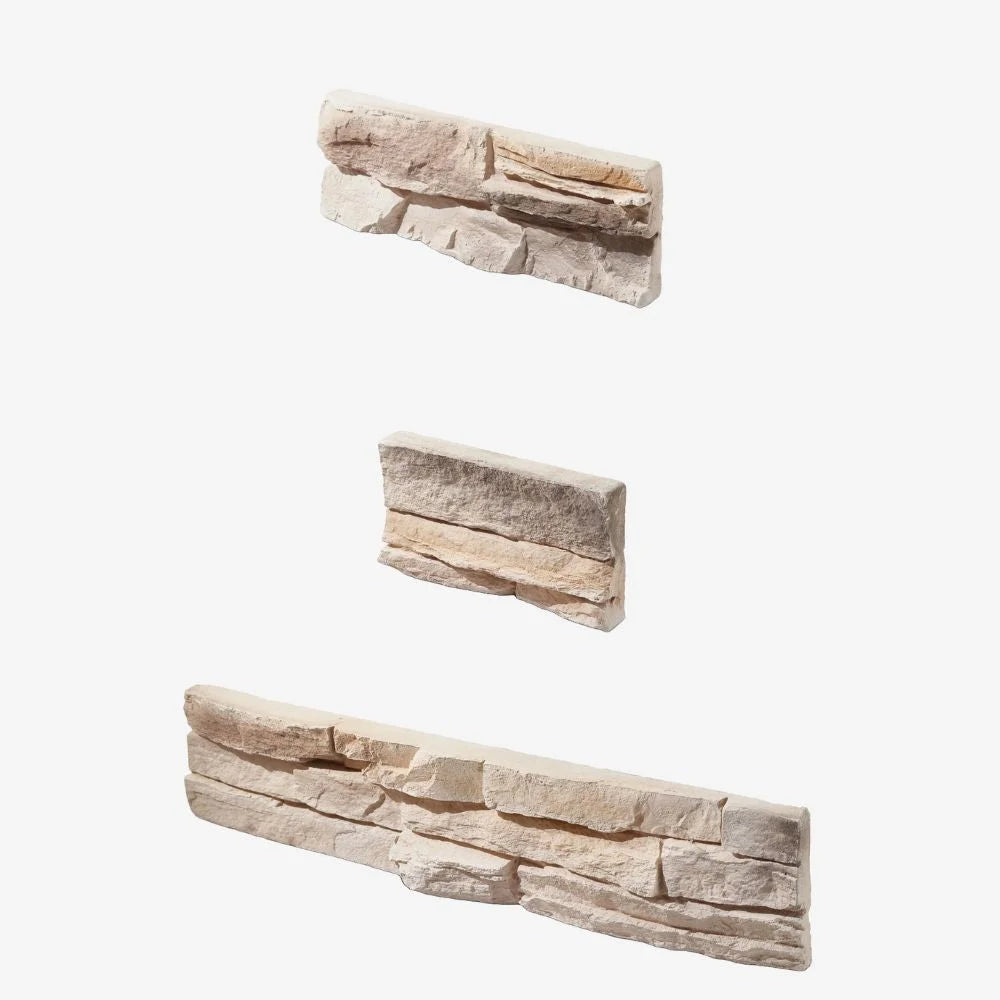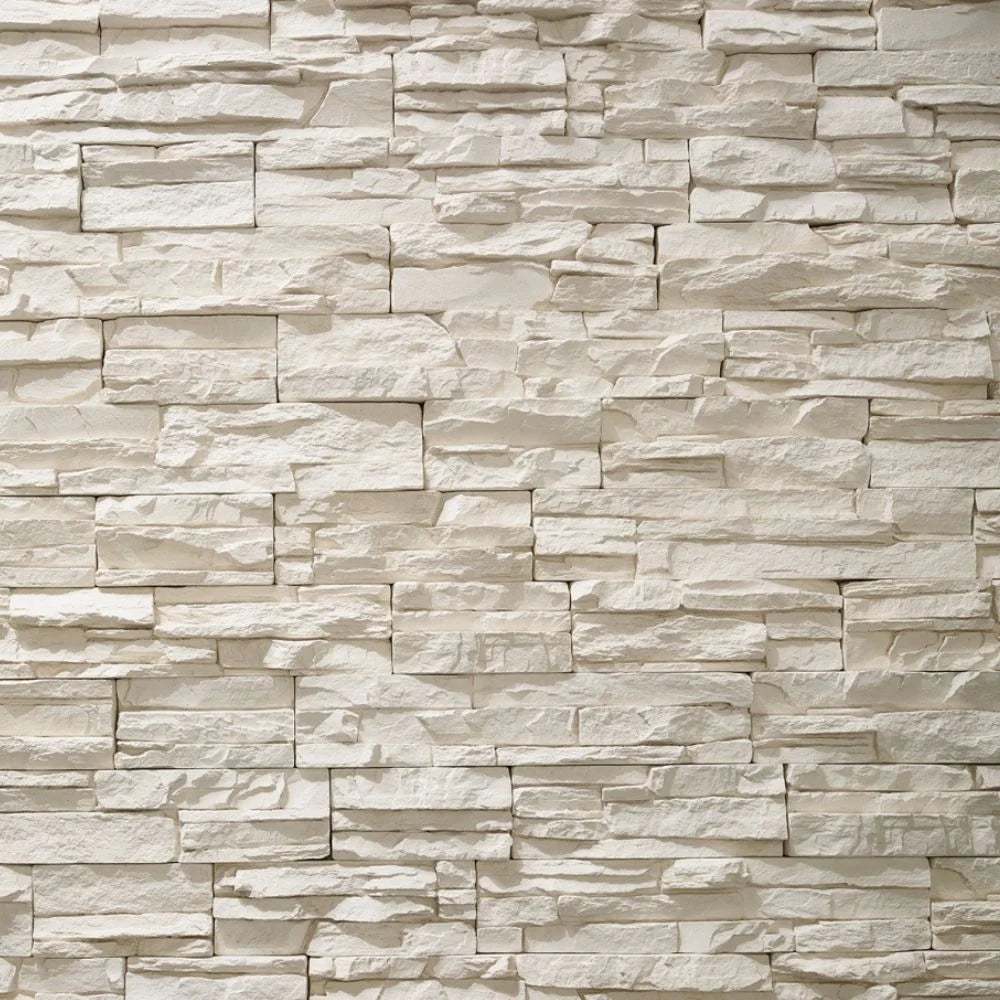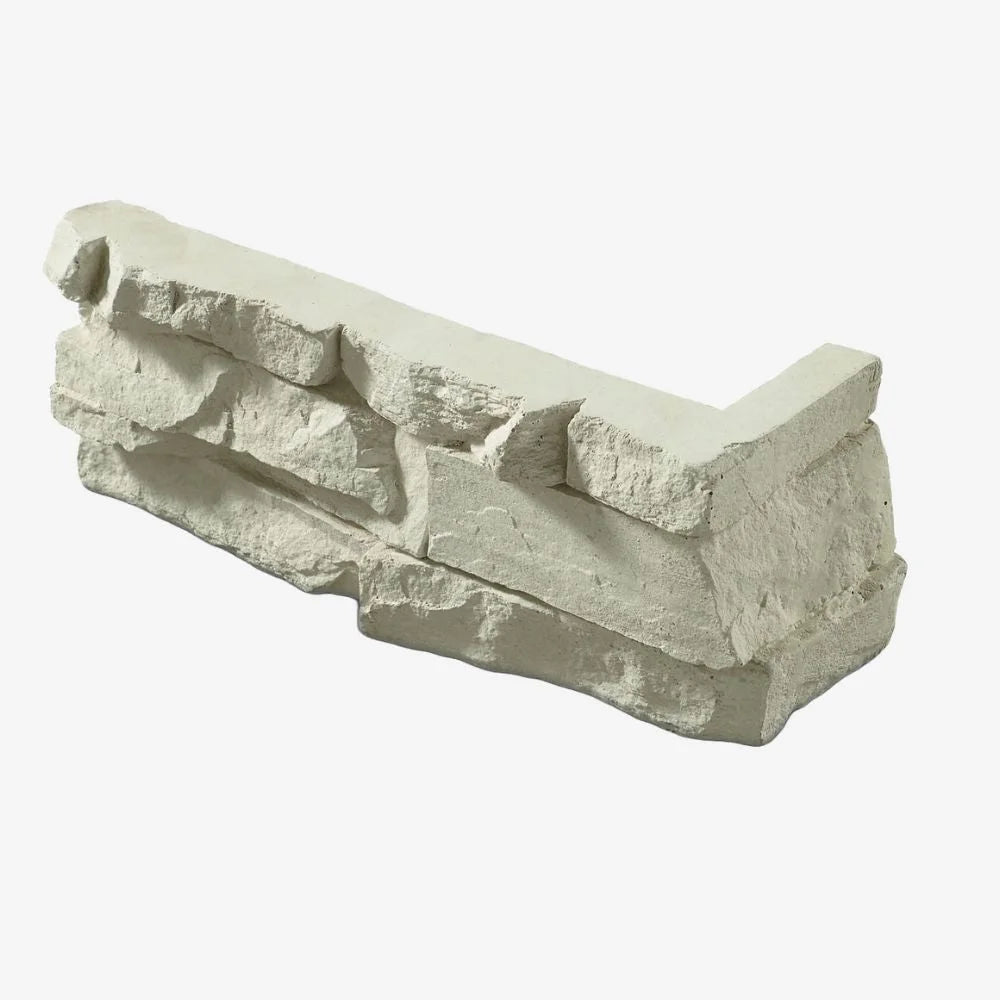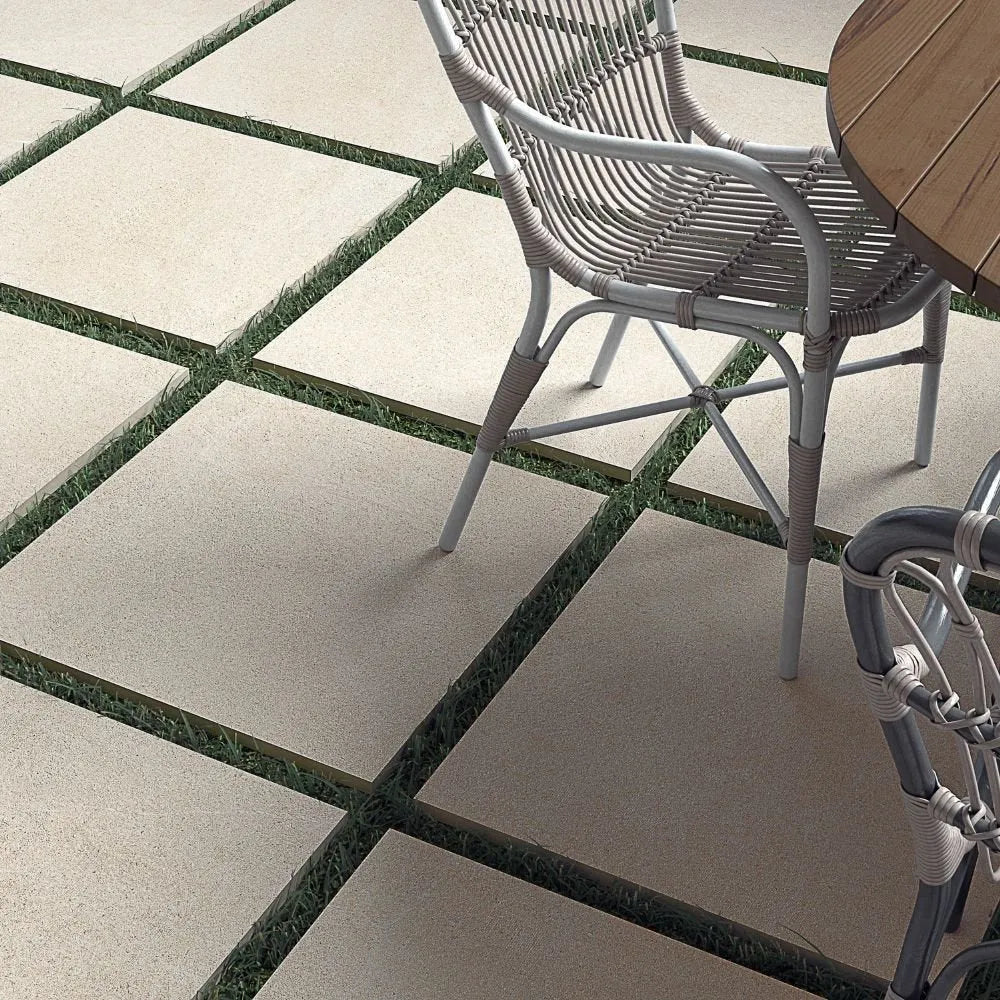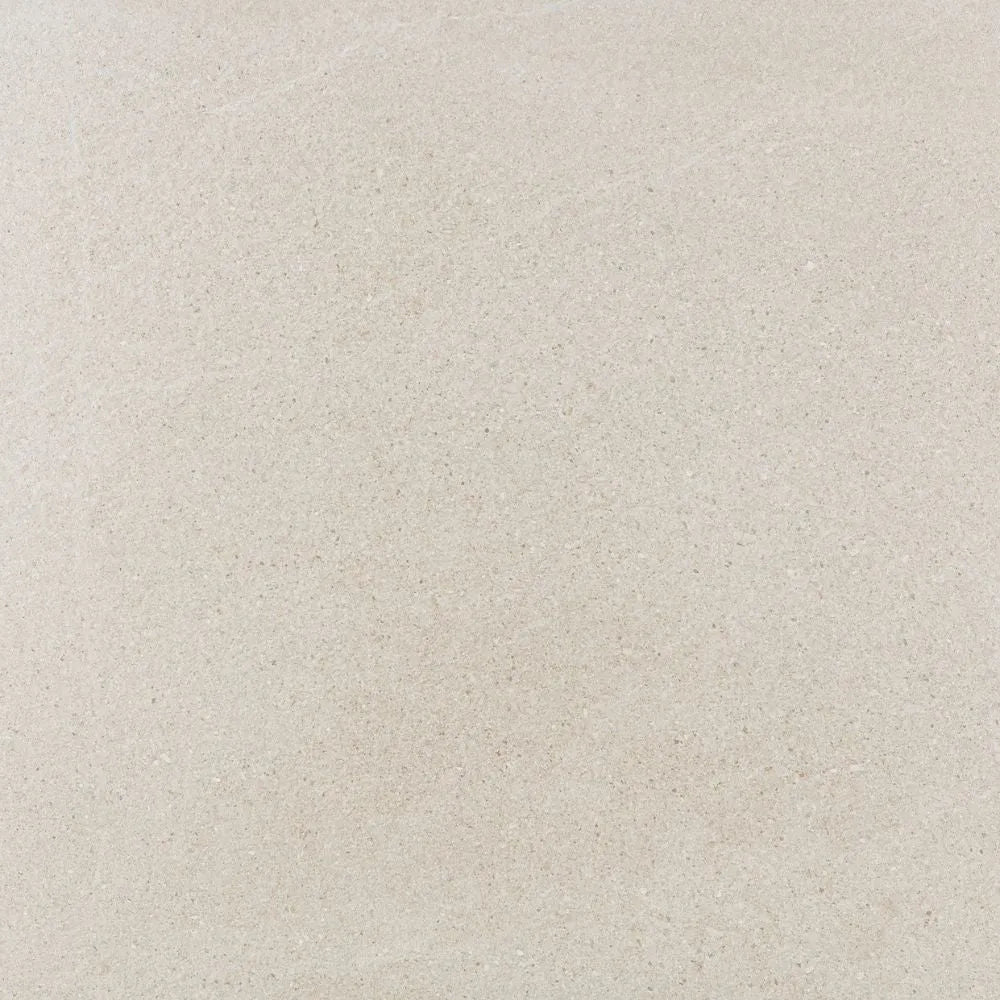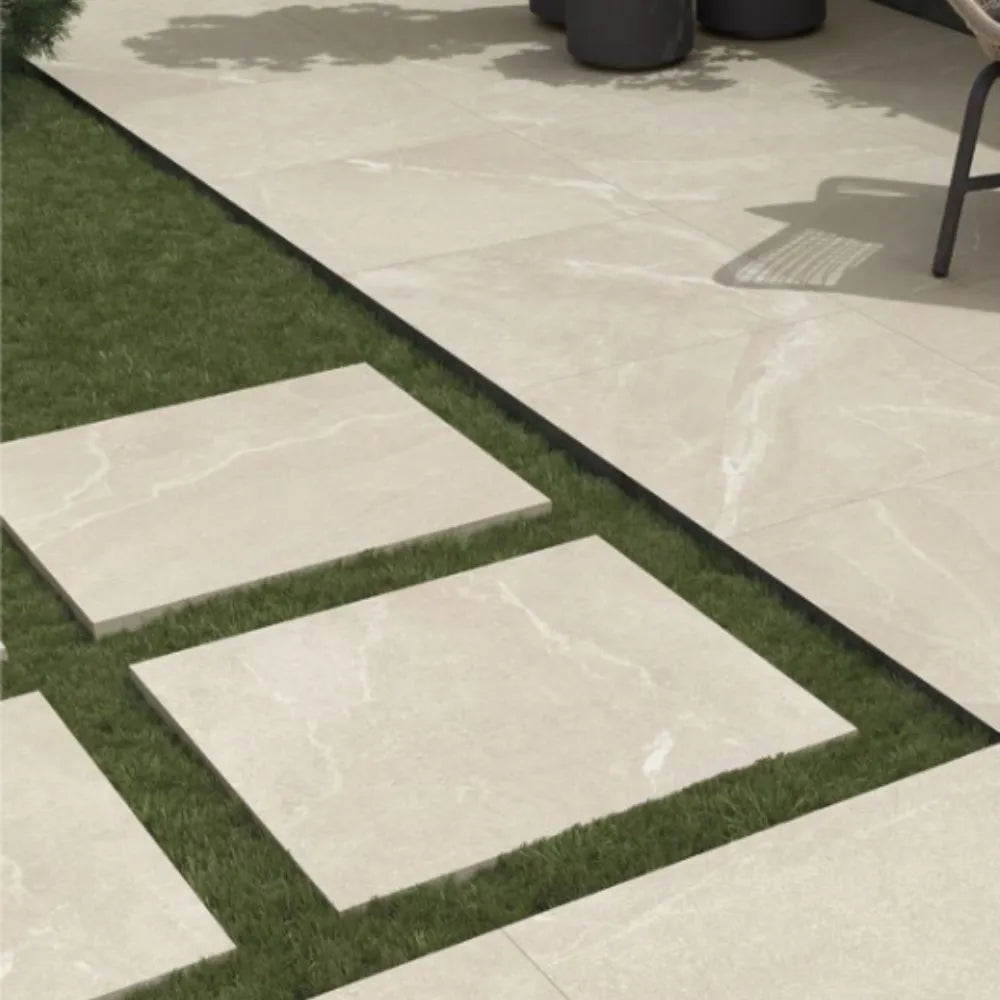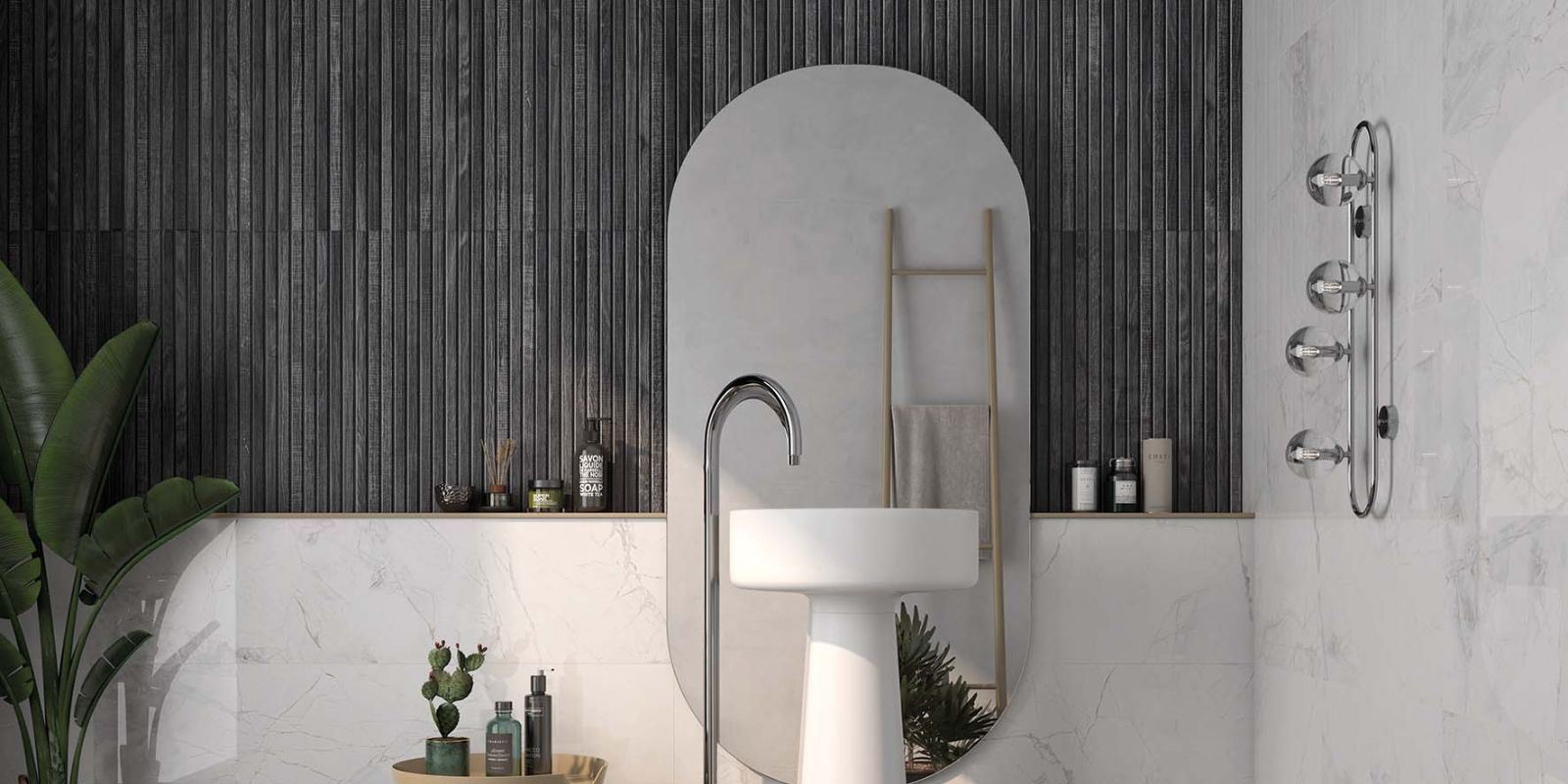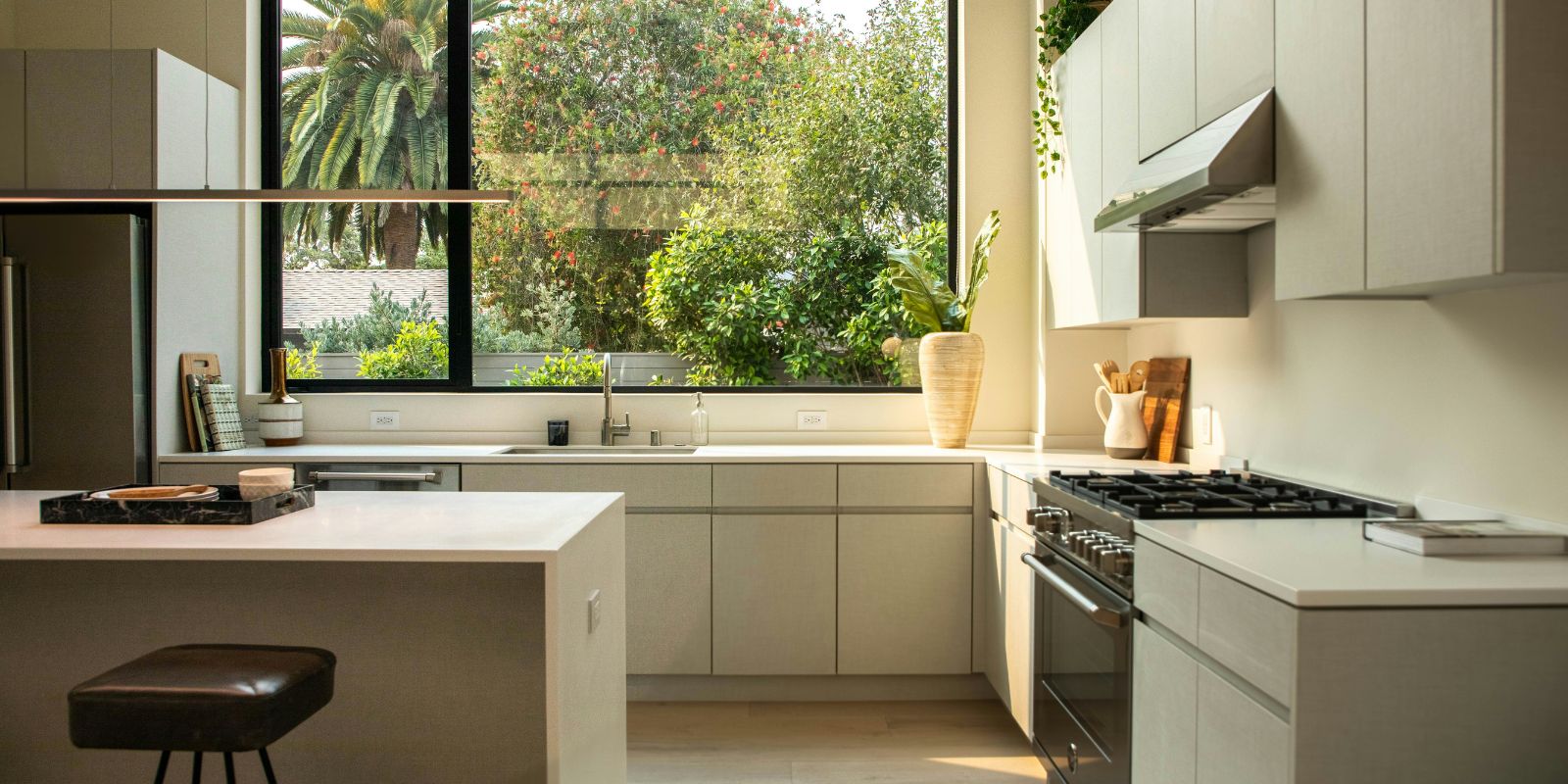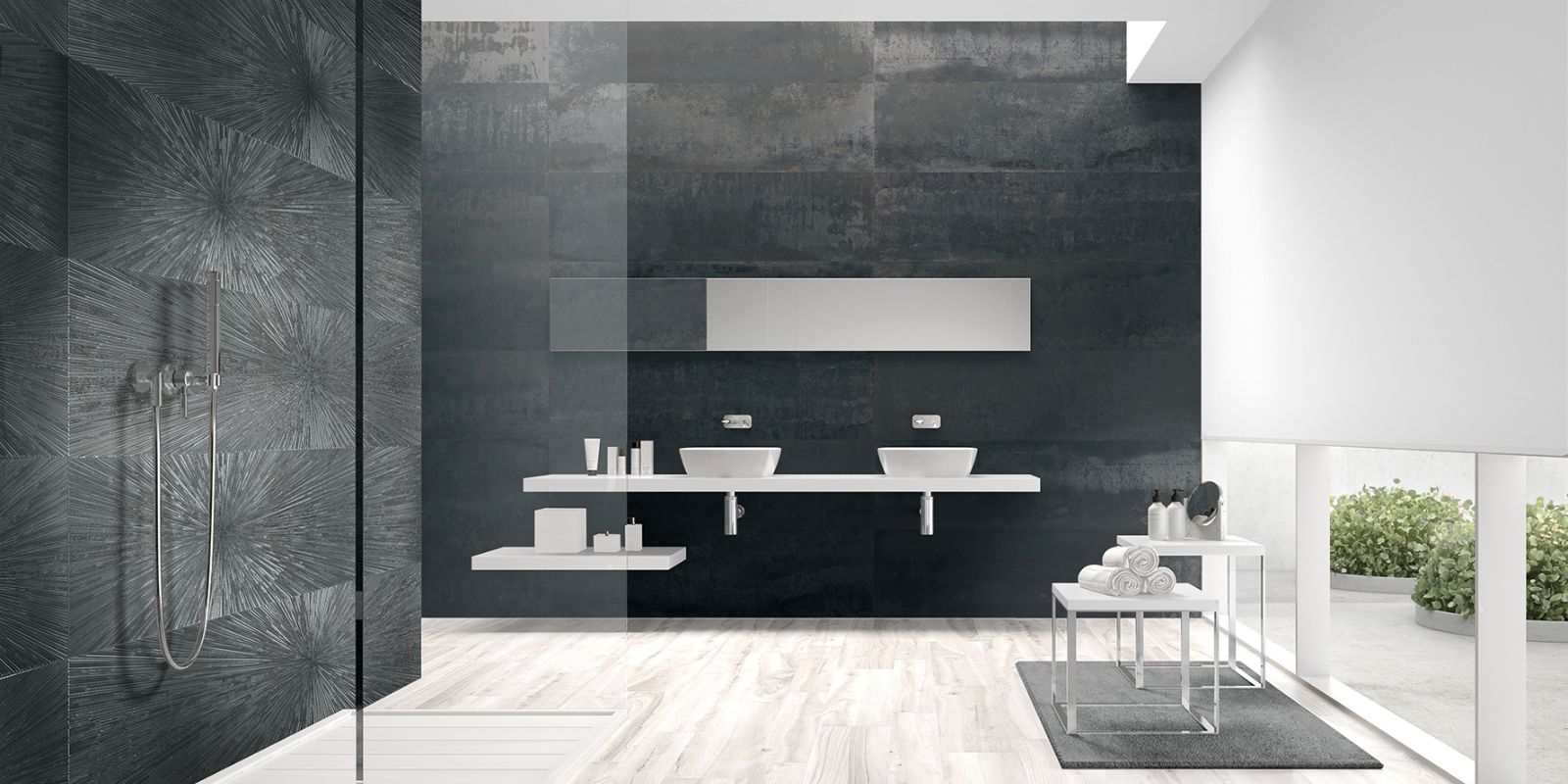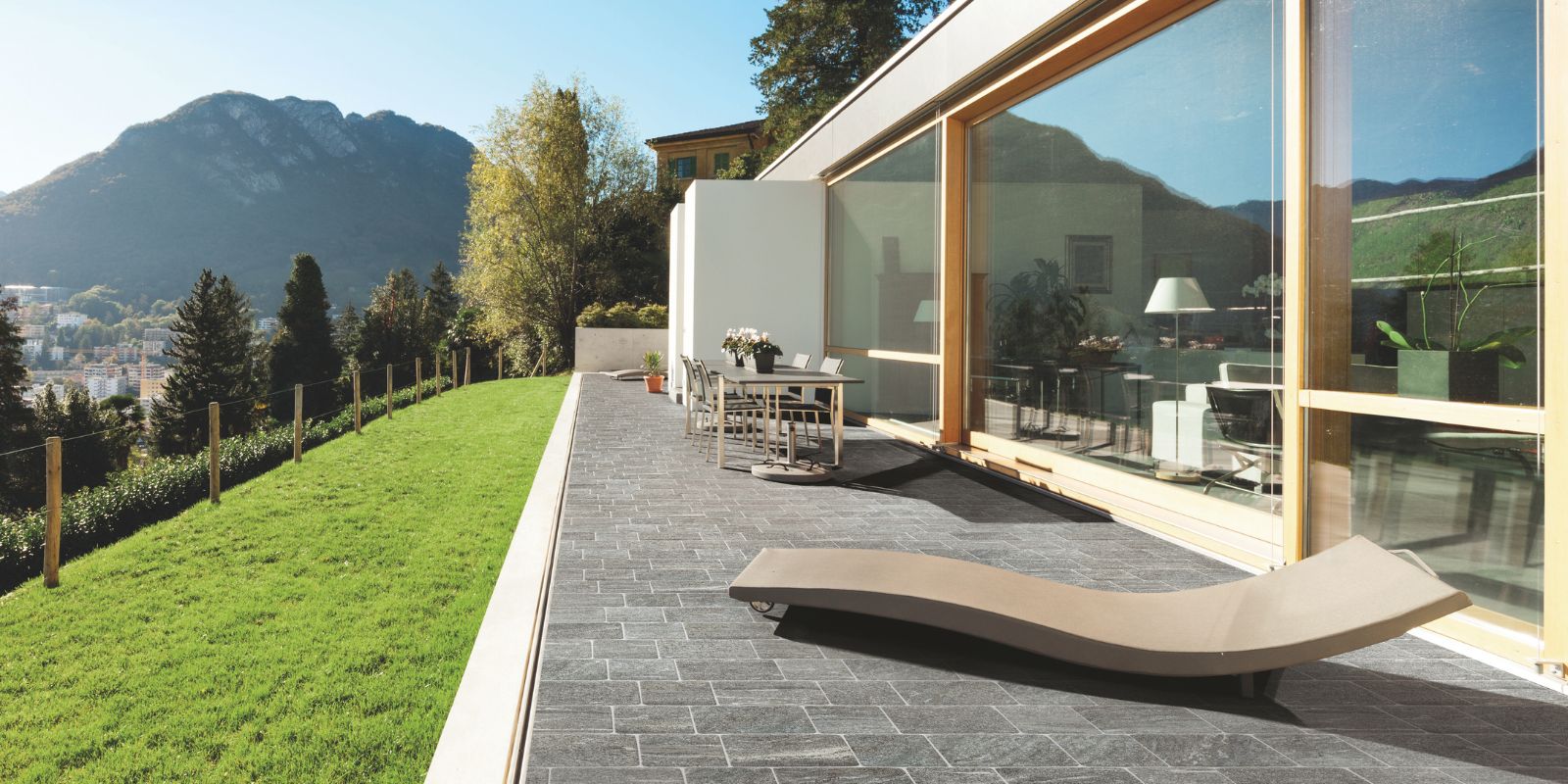
How to Choose the Perfect Patio Tile for a Stylish & Durable Outdoor Space
Creating a beautiful outdoor space isn’t just about planting flowers or buying a new grill—it starts from the ground up. The foundation of your patio plays a huge role in the look, feel, and function of your backyard. And when it comes to foundations, nothing transforms a patio quite like the right patio tile.
Whether you’re upgrading a garden path, refreshing your balcony, or completely redoing your backyard terrace, choosing the right patio tile can make all the difference. In this guide, we’ll explore what to look for when choosing patio tiles—covering everything from materials and style to installation, safety, and accessories.

Why Outdoor Tiles Are a Smart Choice
Outdoor tiles are more than just a design feature—they’re built to perform. Unlike indoor flooring, exterior tiles are made to withstand sun, rain, frost, and the occasional dropped garden tool or spilled drink. They’re designed to be tough, long-lasting, and weather-resistant while still offering a clean, stylish, and elegant finish. For more insight into the benefits of online tile shopping, check out 5 Reasons to Purchase Tiles Online.
They also give you design flexibility. Want a sleek, modern look? Prefer something rustic or Mediterranean? Outdoor tiles come in a wide range of finishes, from natural stone to wood-effect porcelain, making it easy to find a style that matches your taste and complements your home’s exterior and garden spaces.
Outdoor tiles provide an extra protective layer to exposed surfaces, helping to preserve your decking, patio, or driveway against wear and weather damage. A solid base, such as a concrete or mortar bed, is essential for outdoor tile installation to prevent movement, cracking, and water damage over time.
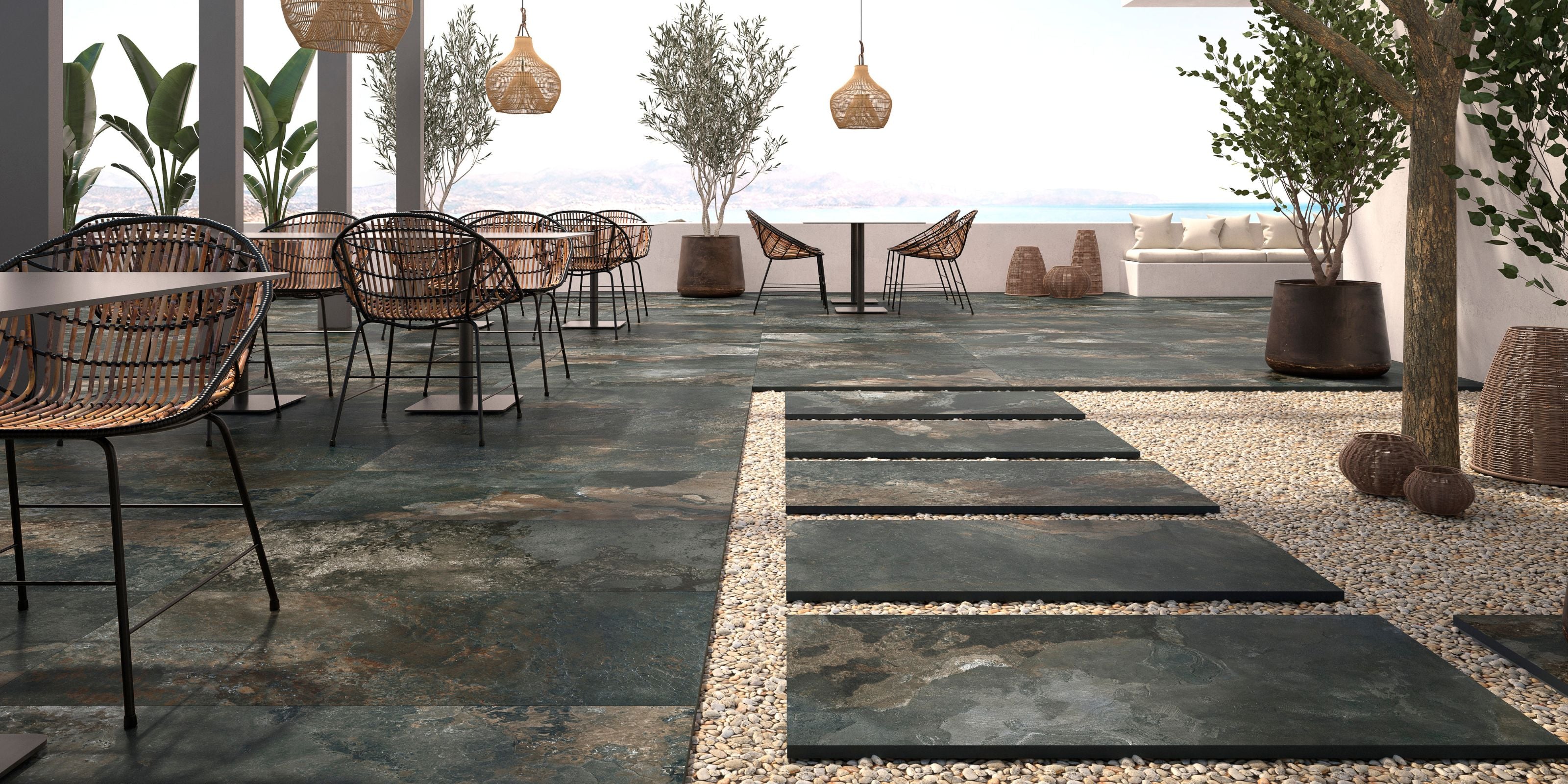
Best Materials for Outdoor Patio Tiles
Porcelain Outdoor Tiles
Porcelain outdoor tiles are the all-star of outdoor tiling. They’re dense, non-porous, frost-resistant, and have excellent anti slip properties, making them a great choice for all-weather conditions. Plus, porcelain tiles come in a variety of styles—stone effect, wood effect, and more—so you can enjoy an authentic stone look without the high maintenance.
Look for 20mm-thick porcelain outdoor tiles for maximum durability, especially in high-traffic floor areas like patios, decking, or garden paths. Porcelain tiles have a low water absorption rate, which helps prevent cracking during freeze-thaw cycles, making them particularly frost resistant.
Natural Stone Garden Tiles
Nothing beats the organic elegance of real stone. Slate, granite, and stone tiles add character and texture to any outdoor area. However, stone tiles often require sealing and more maintenance, and they tend to cost more than other materials.
Concrete Outdoor Floor Tiles
Concrete outdoor tiles are sturdy, minimalist, and industrial-chic. They’re a great fit for contemporary homes but require a solid base underneath. With proper installation, concrete tiles can last for decades and withstand diverse weather conditions.
Ceramic Tiles
Ceramic tiles are typically best reserved for indoors. They’re more porous than porcelain and can absorb moisture, leading to cracks during cold weather. If you love a ceramic look, opt for outdoor-rated porcelain that mimics the same style but is suitable for outdoor use.
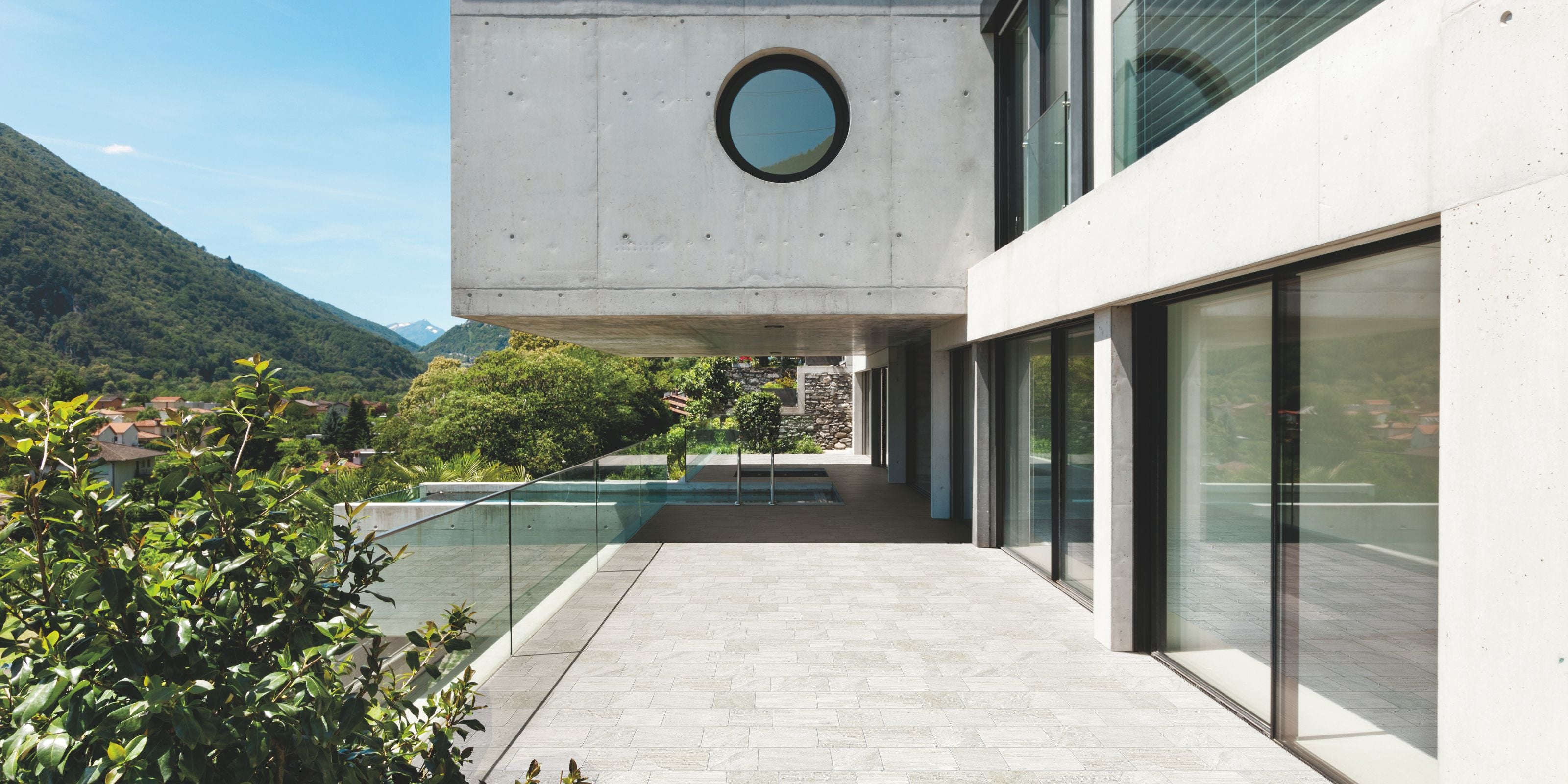
Style & Design Tips for Outdoor Tiles
Designing your patio is about more than just choosing a material—it’s about creating a cohesive, inviting atmosphere that matches your personality and lifestyle. Here are the key style elements to consider when selecting outdoor tiles:
Choose the Right Colour Palette
Colour plays a critical role in how your patio feels. Neutral tones such as light grey, beige, taupe, and classic grey are versatile and timeless, while darker shades like slate or charcoal can create a dramatic, modern look. For a Mediterranean or rustic vibe, warm terracotta or sandy hues are ideal.
Also consider how your tile colour interacts with sunlight. Lighter tiles reflect light and keep the space cooler, which is great for hot climates. Darker tiles absorb heat and can be more comfortable in cooler regions.
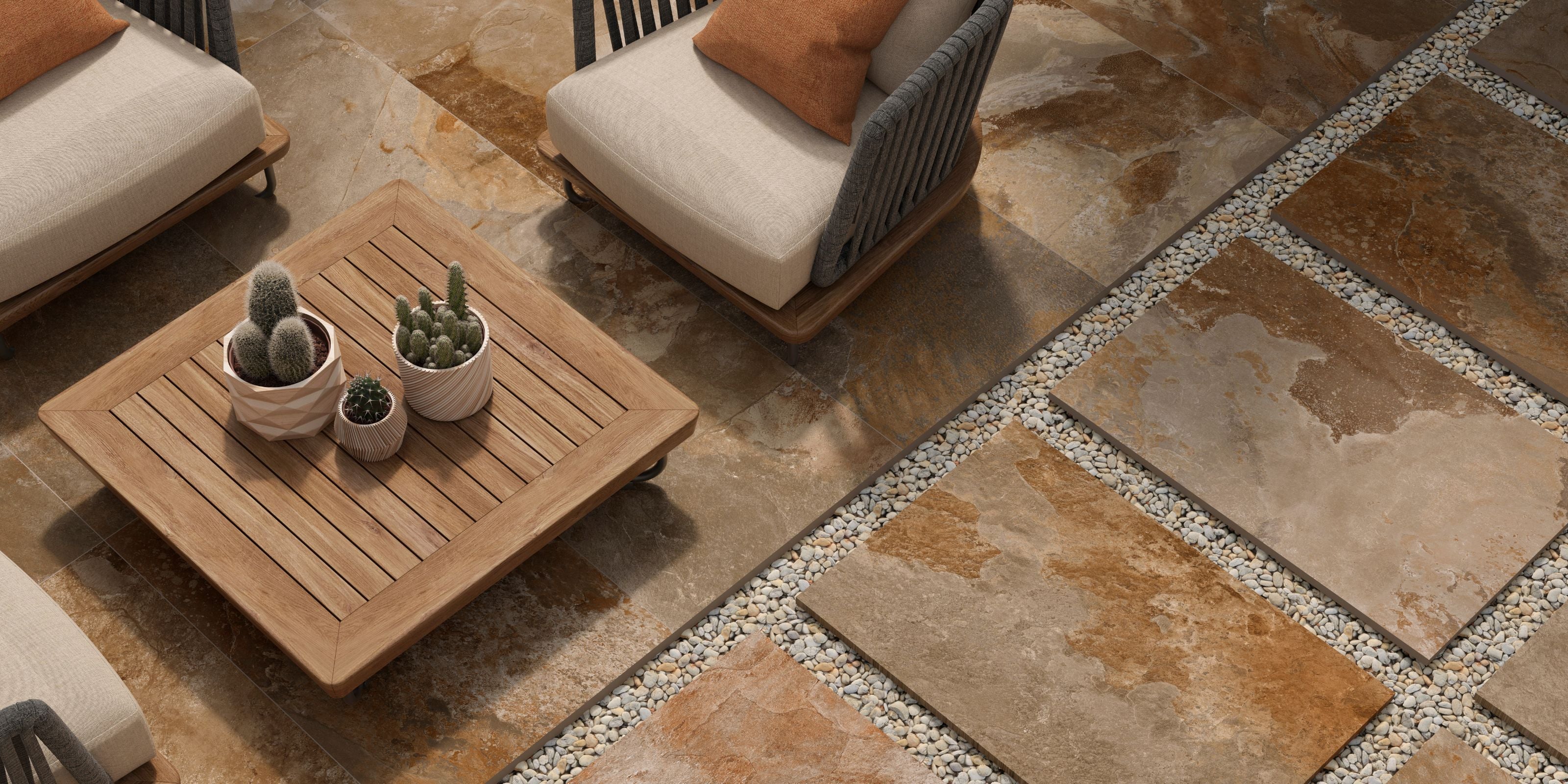
Texture and Finish
The finish of your tiles will affect both aesthetics and practicality. Textured or matt or polished tiles offer better grip and are more forgiving when it comes to dirt and debris. Smooth or glossy finishes, while sleek, can be slippery and should generally be avoided in outdoor areas.
Textured finishes can mimic the feel of natural stone, wood grain, or concrete—giving you all the charm of organic materials with less upkeep.
Tile Patterns and Layouts
The way tiles are arranged can significantly influence the visual appeal of your patio. Here are a few layout ideas to explore:
- Linear/Grid: Clean and simple, best for modern designs and larger tiles.
- Herringbone: Adds movement and elegance, especially effective with wood-effect tiles.
- Staggered/Brick Bond: Great for rustic spaces, mimicking traditional brickwork.
- Modular Patterns: Combine different tile sizes for a more natural and organic flow.
Smaller patios can benefit from large-format tiles, which create the illusion of more space. Conversely, small tiles or mosaics can add intricate detail to compact balconies or garden paths.
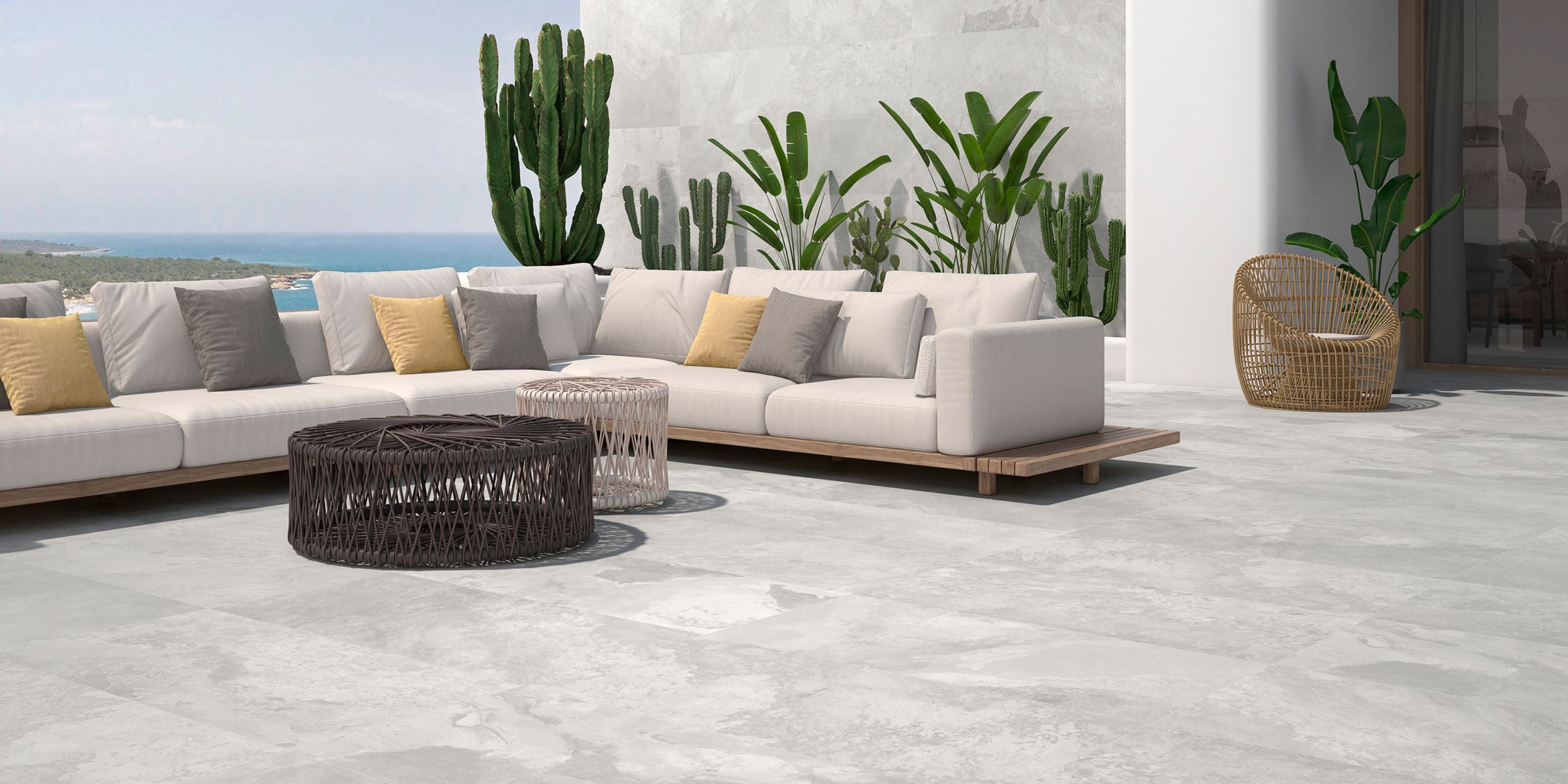
Match Your Architecture and Landscape
Your outdoor tiles should harmonize with your home’s architecture and the natural surroundings. For example, a contemporary home may benefit from sleek porcelain tiles with sharp edges and minimal colour variation, while a country cottage might suit irregular, tumbled-edge stone tiles.
If your garden features lots of greenery, earthy tones and stone effects will blend beautifully. For poolside patios, light-coloured tiles not only look fresh and coastal but also stay cooler underfoot.
Consider the Transition Between Indoors and Outdoors
If your patio is connected to your indoor living space through large doors or open-plan layouts, consider using the same or coordinating tiles indoors and out. This creates a seamless flow between environments and makes the space feel larger and more cohesive.
Add Personal Touches with Accessories
Don't be afraid to get creative. Patterned tiles, mosaic inlays, or mixed finishes can serve as focal points or border accents. Using tiles to define zones—such as dining, lounging, or pathways—adds both structure and style to your patio layout. Accessories like outdoor rugs, weather-resistant furniture, and lighting can further enhance your garden spaces.
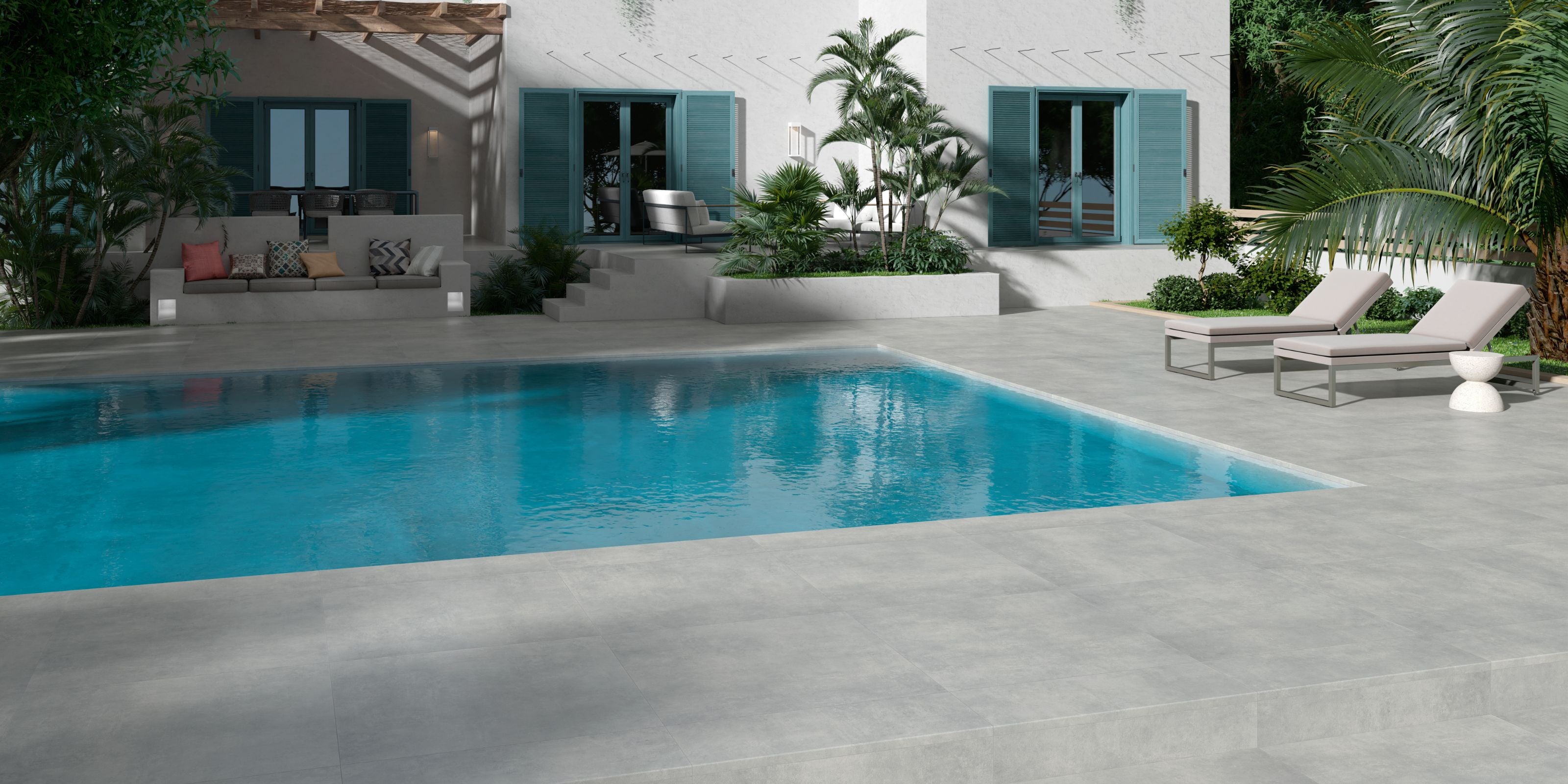
Practical Factors You Shouldn’t Overlook
- Slip Resistance: Essential for wet areas or places near pools. Look for tiles with an R10 or R11 slip rating or higher to ensure safety. This rating indicates the tile's resistance to slipping, which is crucial for outdoor floor tiles exposed to rain or moisture.
- Weather Resistance: Your tiles should be able to handle your local weather conditions—especially if you live somewhere with freezing winters or heavy rain. Porcelain tiles are particularly well-suited due to their low water absorption and frost resistance.
- Tile Size: Match the tile size to the scale of your space. Larger tiles work well in open outdoor areas, while smaller ones suit compact patios or walkways.
- Maintenance Needs: Some tiles need more care than others. Porcelain is virtually maintenance-free, while natural stone may need regular sealing and cleaning.
- Solid Base: Proper installation requires a solid base, typically a concrete or mortar bed, to prevent movement or cracking over time. Use of a protective landscaping fabric beneath the tiles can help prevent water damage and shifting.
- Installation Materials: Choose adhesives, grouts, and leveling systems made specifically for outdoor use to ensure durability and weather resistance.
Installation Tips for Long-Lasting Results
- Base Preparation: Start with a solid base—usually a concrete or mortar bed—to prevent movement or cracking.
- Use Outdoor-Specific Materials: Choose adhesives, grouts, and leveling systems made specifically for outdoor use to ensure durability.
- Ensure Proper Drainage: Your patio should be slightly sloped to allow water to drain away and protect the tiles.
- Consider Hiring a Pro: Unless you’re confident in your DIY skills, hiring a professional can save you time and ensure a flawless finish.
Some porcelain outdoor tiles can also be laid on compacted gravel with pedestal or dry-lay systems, providing flexibility in installation methods, but a concrete base remains the most durable option.
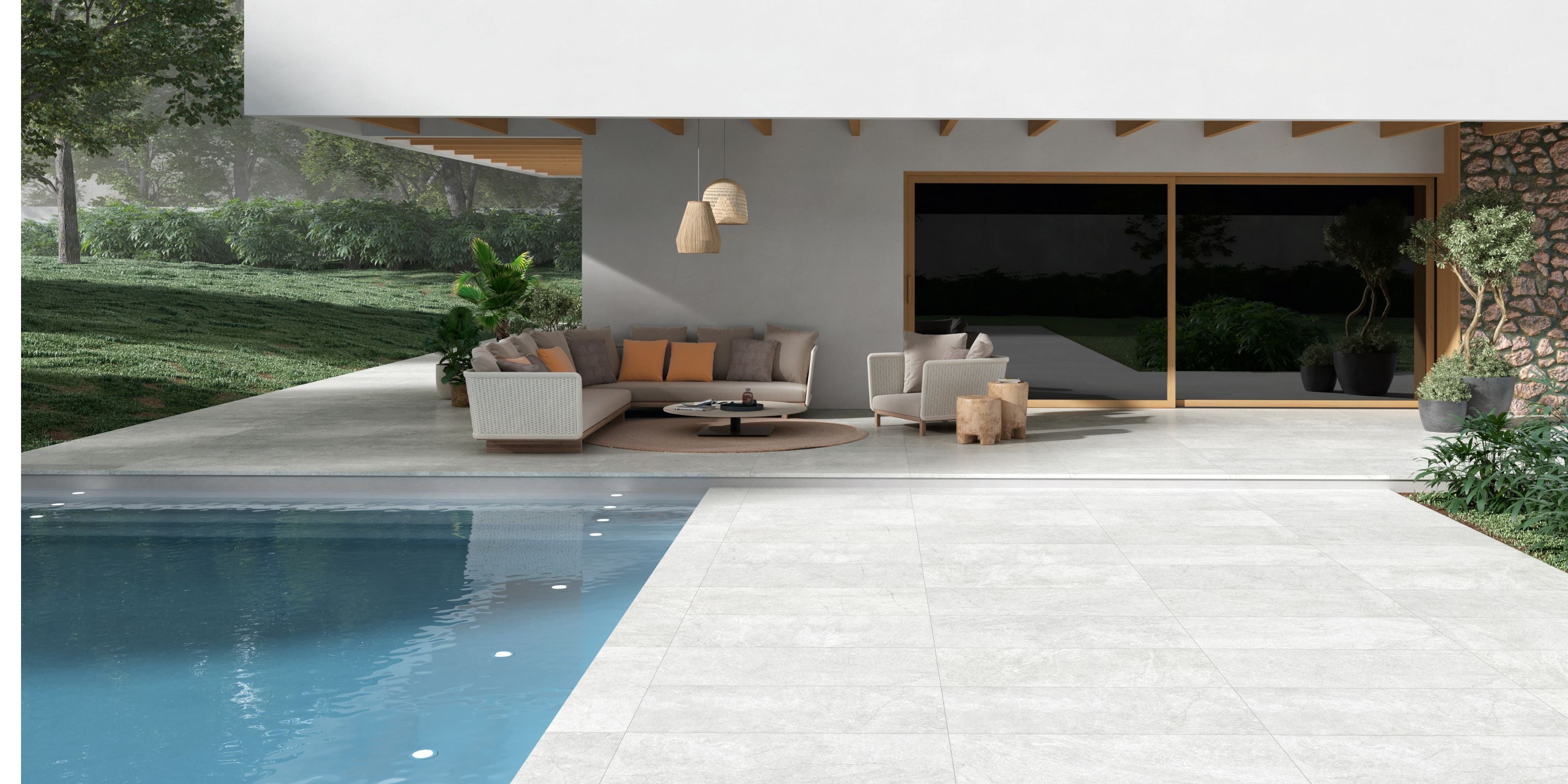
Caring for Your Outdoor Tiles
Once your tiles are in place, you’ll want to keep them looking good for years to come. Thankfully, outdoor tiles—especially porcelain—are easy to maintain. Regular sweeping and the occasional pressure wash will keep dirt and debris at bay.
Natural stone may require more care, including annual sealing. Keep an eye on grout lines and reseal or touch them up as needed. Always remove algae, moss, or mildew promptly to prevent slipping.
Finishing Touches: Furniture, Lighting & Decor
Tiles are the foundation—but the details bring your patio to life. Complement your flooring with weather-resistant furniture, cozy cushions, outdoor rugs, and ambient lighting. String lights, lanterns, or solar path lights can transform your space into a cozy nighttime retreat.
You might also consider adding a fire pit, potted plants, or a water feature for that extra wow factor. The goal is to create an outdoor room that’s as comfortable and stylish as your indoor space.
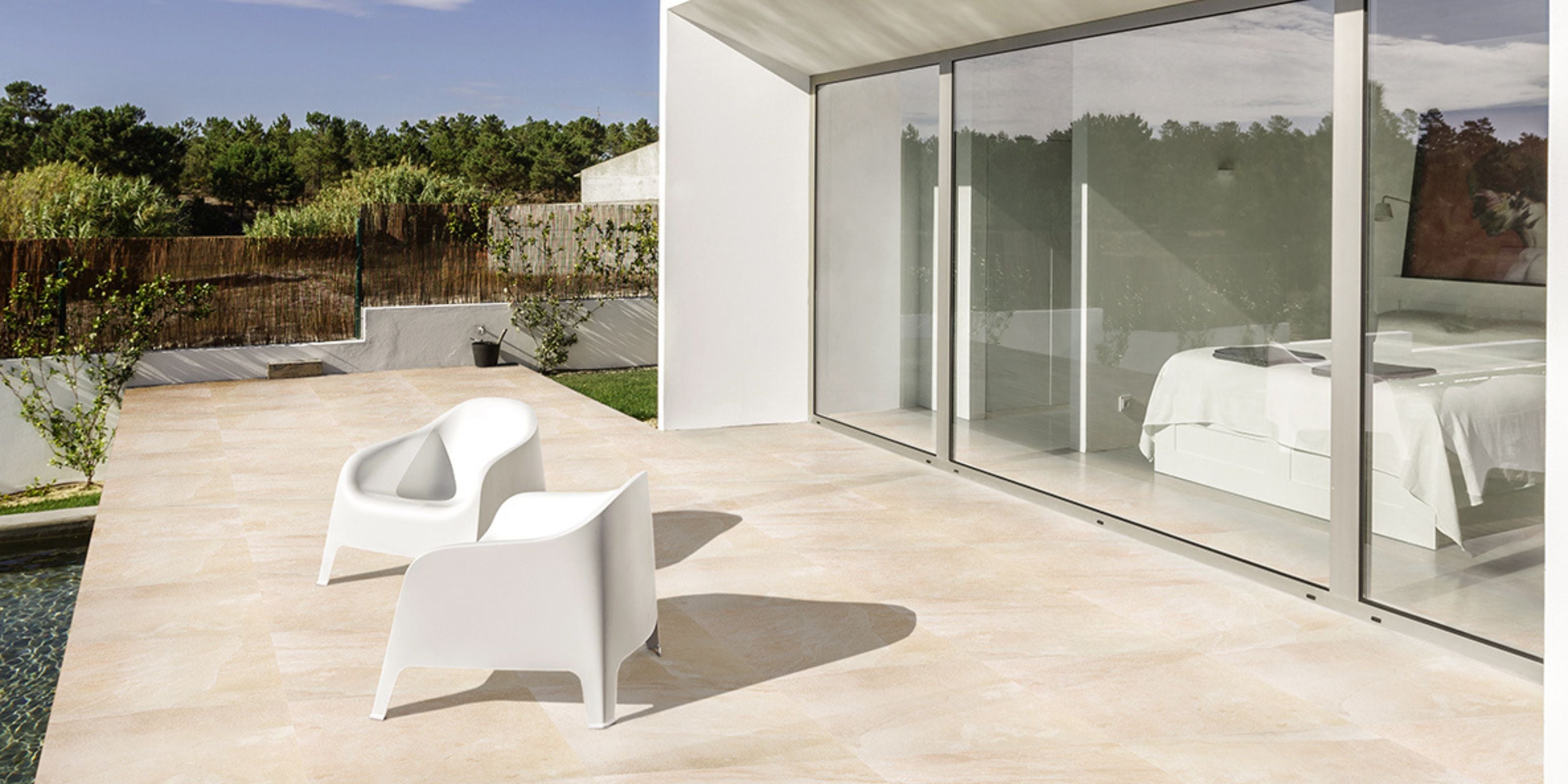
Safety First: Stay Slip-Free and Weather-Ready
Don’t forget about safety when choosing outdoor tiles. Prioritize tiles with anti slip properties and frost resistance. Regularly clean and inspect your patio to ensure everything stays in good condition, especially in wetter months.
Wrapping Up: Build a Patio You’ll Love for Years
At the end of the day, the best patio tile is one that balances beauty, durability, and practicality. Whether you’re dreaming of a quiet reading nook, a lively space for entertaining, or a family-friendly play area, the right tile can help bring your vision to life.
By taking the time to choose carefully, select from a great range of styles and colours, and install properly on a solid base, you’ll be rewarded with a space that adds real value to your home—and even more value to your daily life.
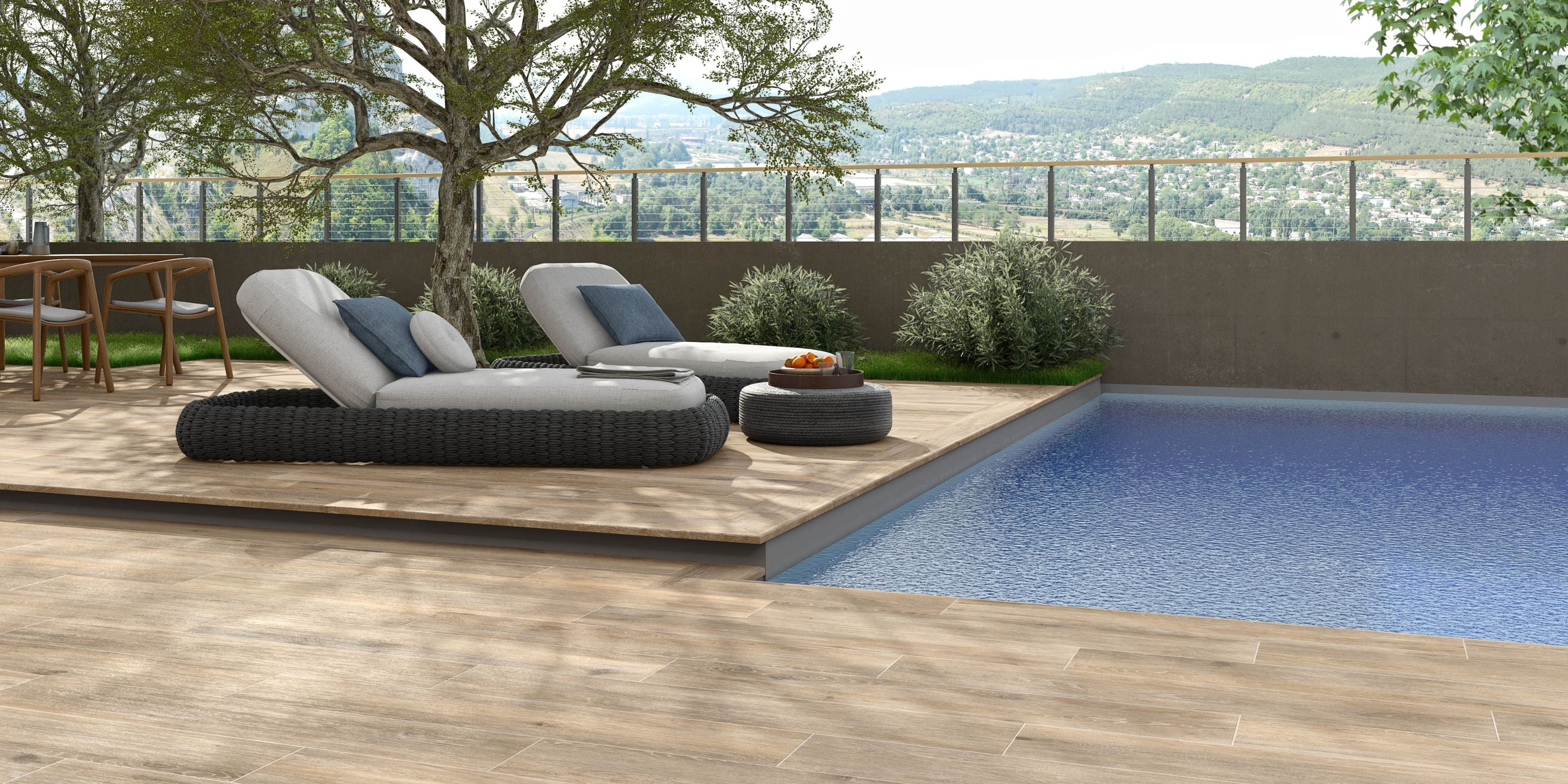
Frequently Asked Questions
Can I use indoor tiles for my outdoor patio?
Indoor tiles are generally not suitable for outdoor use. They tend to be more porous and may lack slip resistance and frost resistance. Always choose tiles specifically rated for outdoor areas.
What thickness is best for outdoor porcelain tiles?
For durability and strength, especially in high-traffic floor areas, 20mm thick porcelain tiles are ideal. Thinner tiles may crack or shift over time.
Do outdoor tiles need sealing?
Porcelain outdoor tiles usually do not require sealing. However, natural stone garden tiles often do, and the sealant may need to be reapplied annually to maintain protection.
How do I clean outdoor tiles?
Most outdoor tiles can be cleaned with water and a mild detergent. For stubborn dirt, a pressure washer or soft brush may be used. Avoid acidic cleaners on natural stone.
Can I lay patio tiles without a concrete base?
Some tiles, particularly porcelain, can be laid on compacted gravel with pedestal or dry-lay systems. However, for long-term durability, a solid concrete base is usually recommended.


